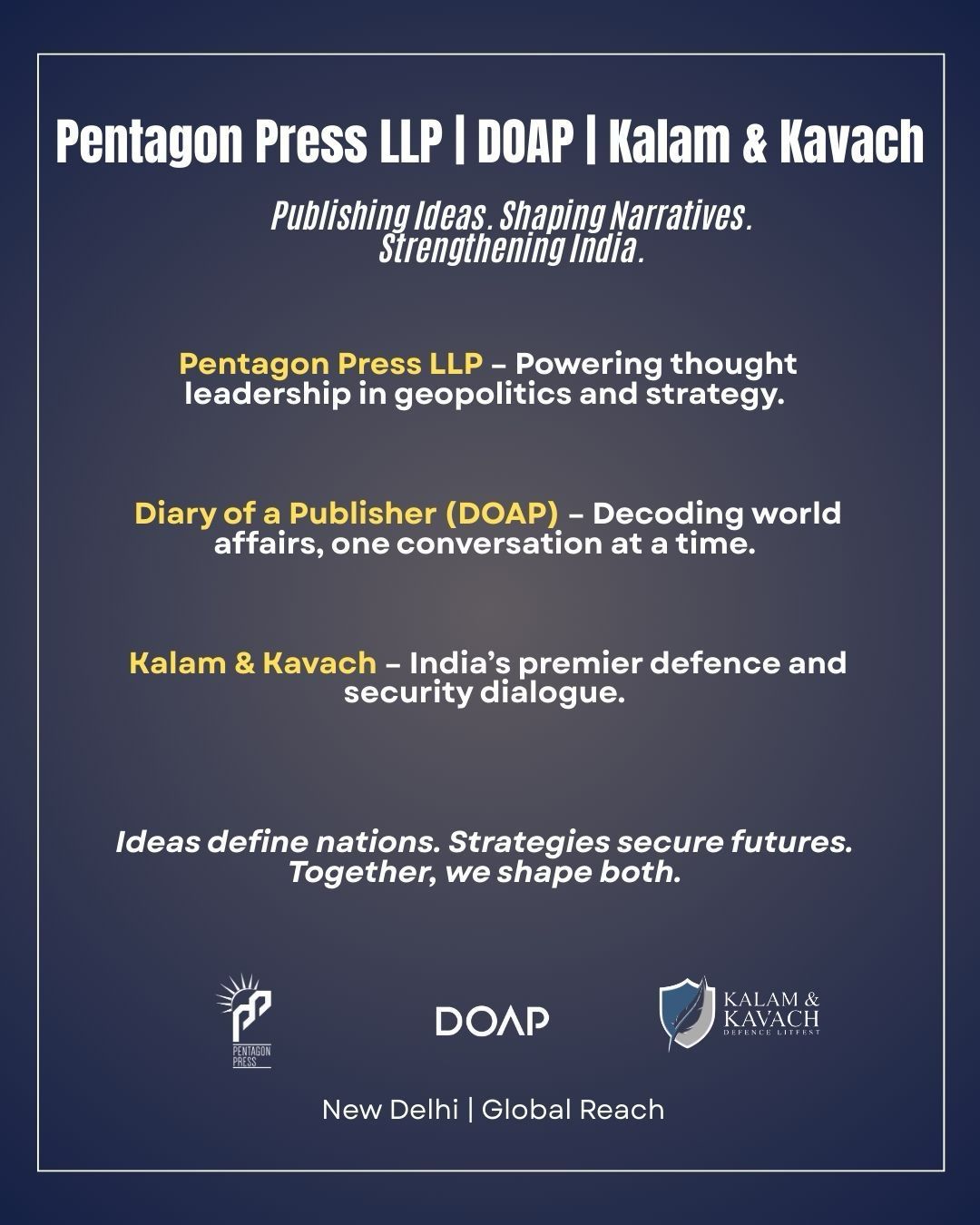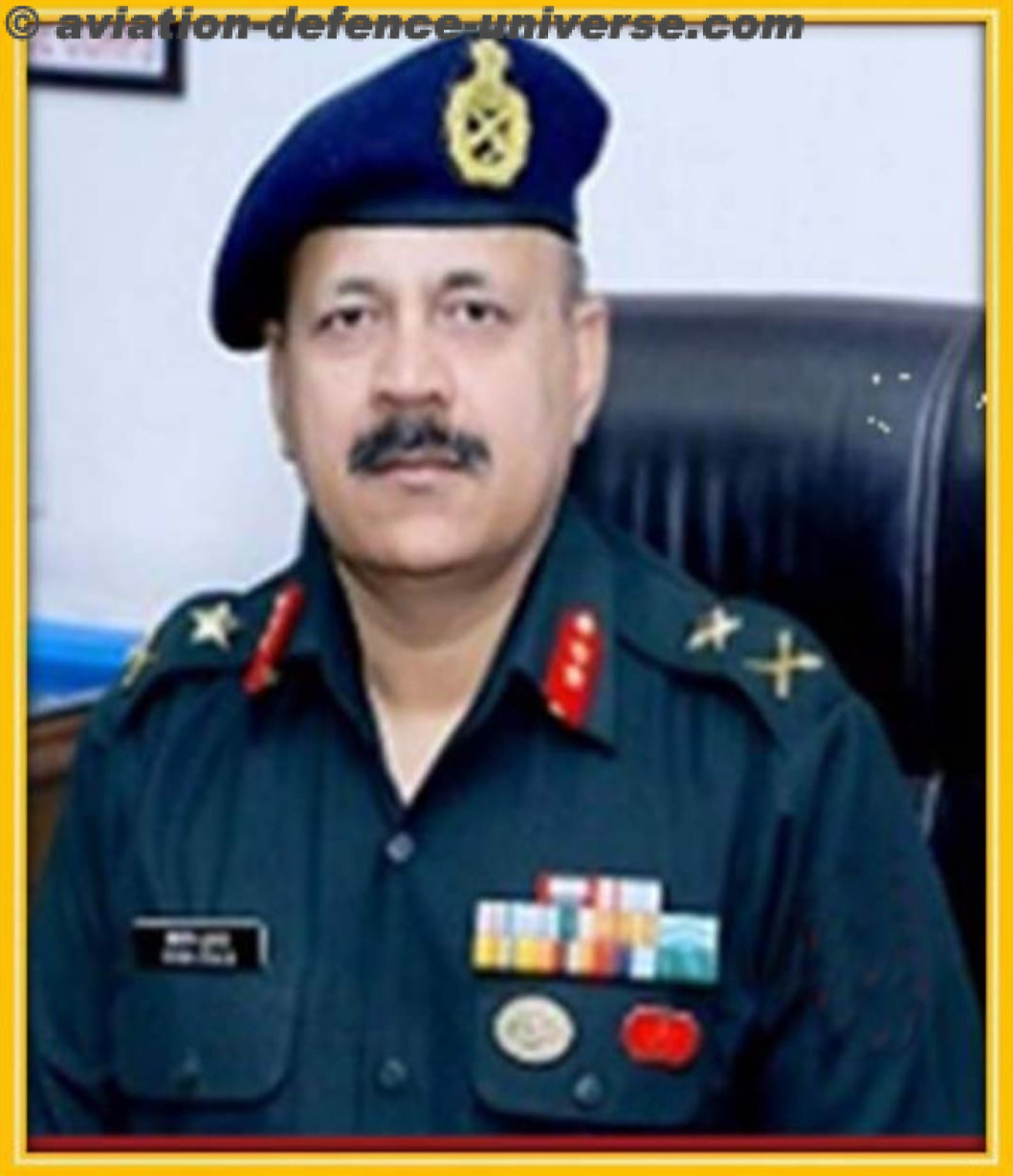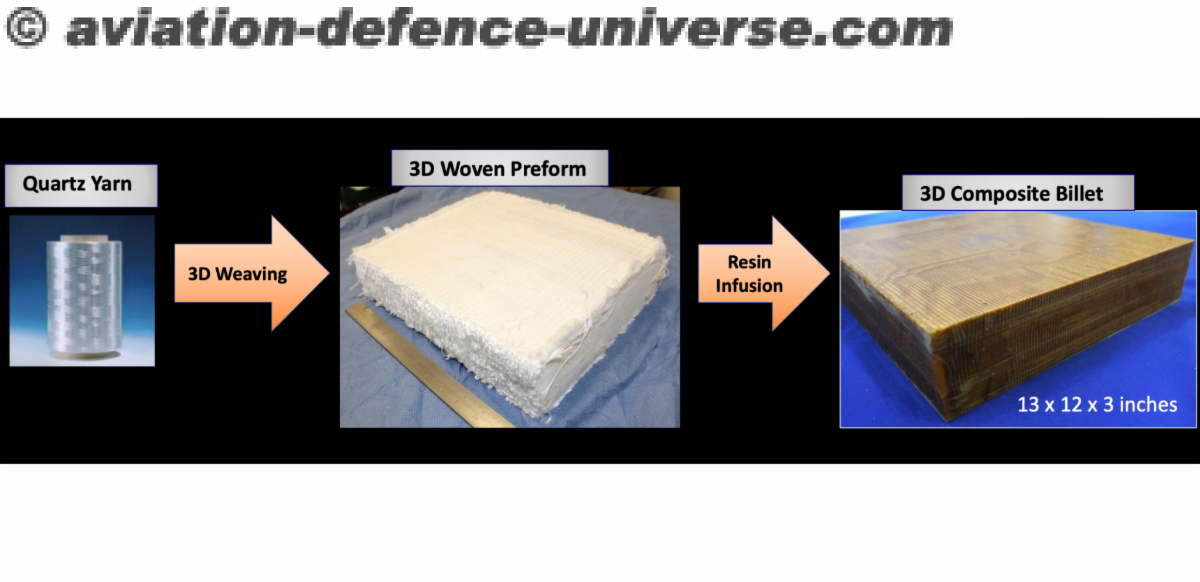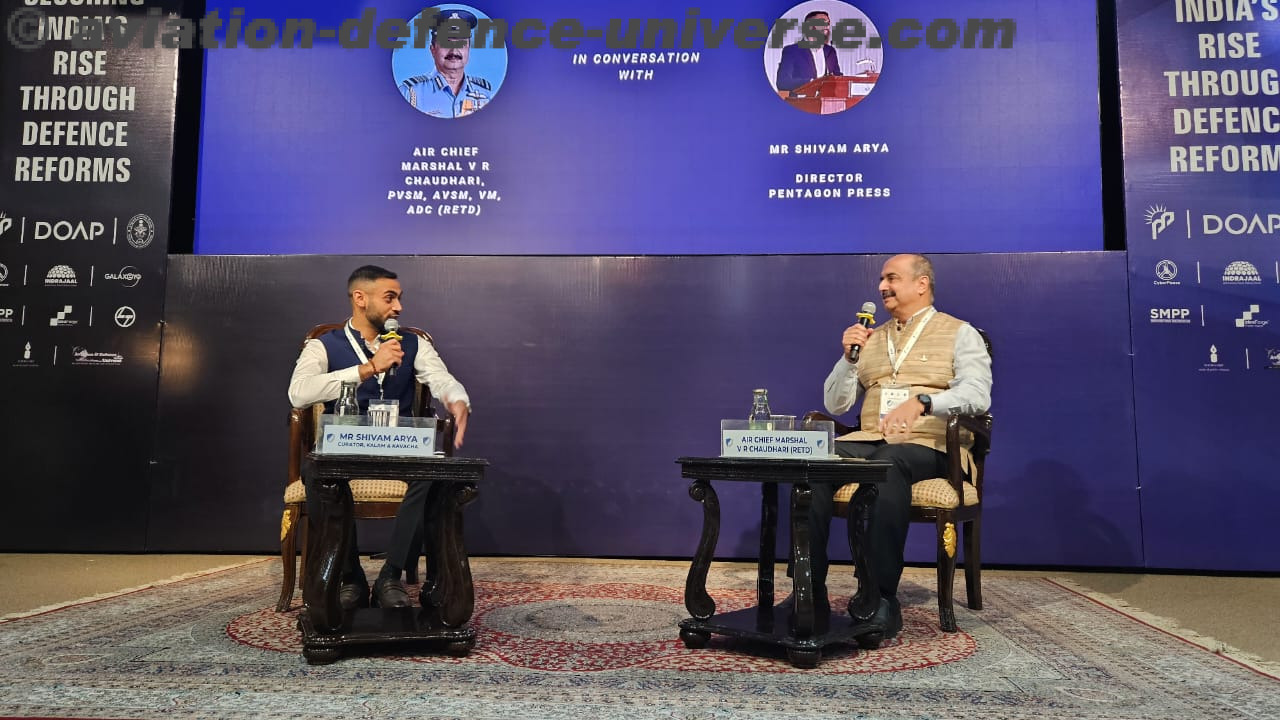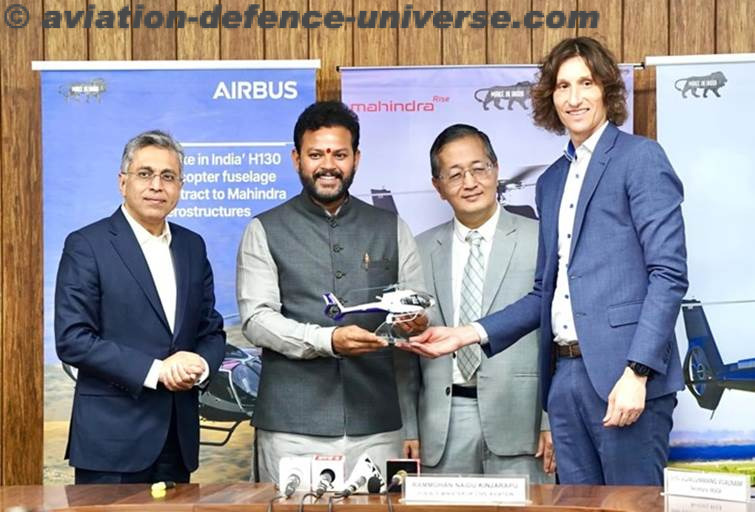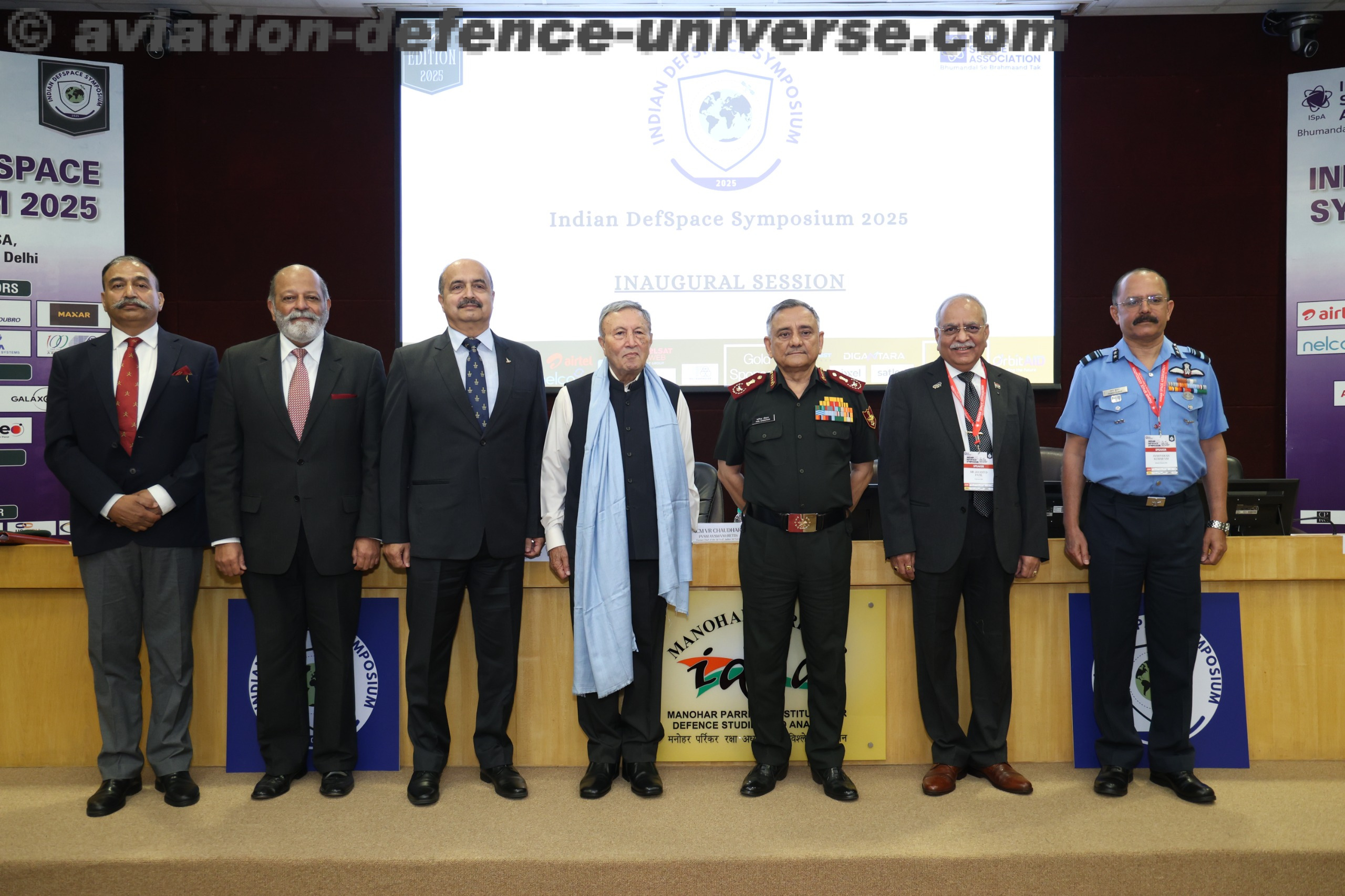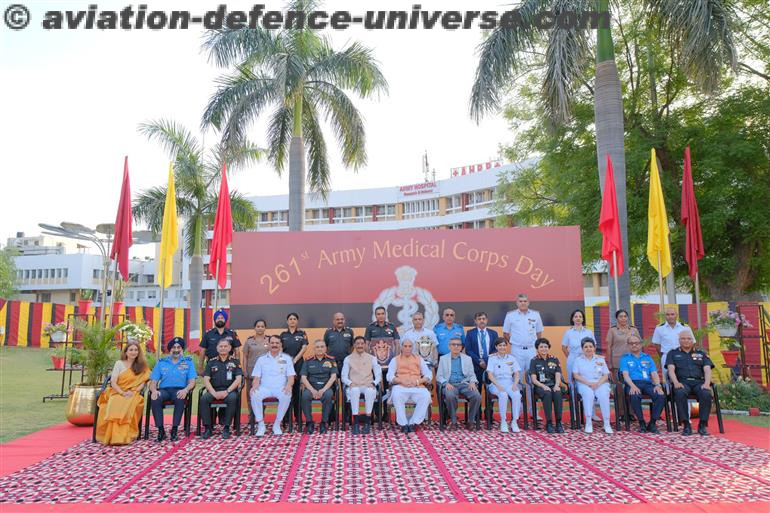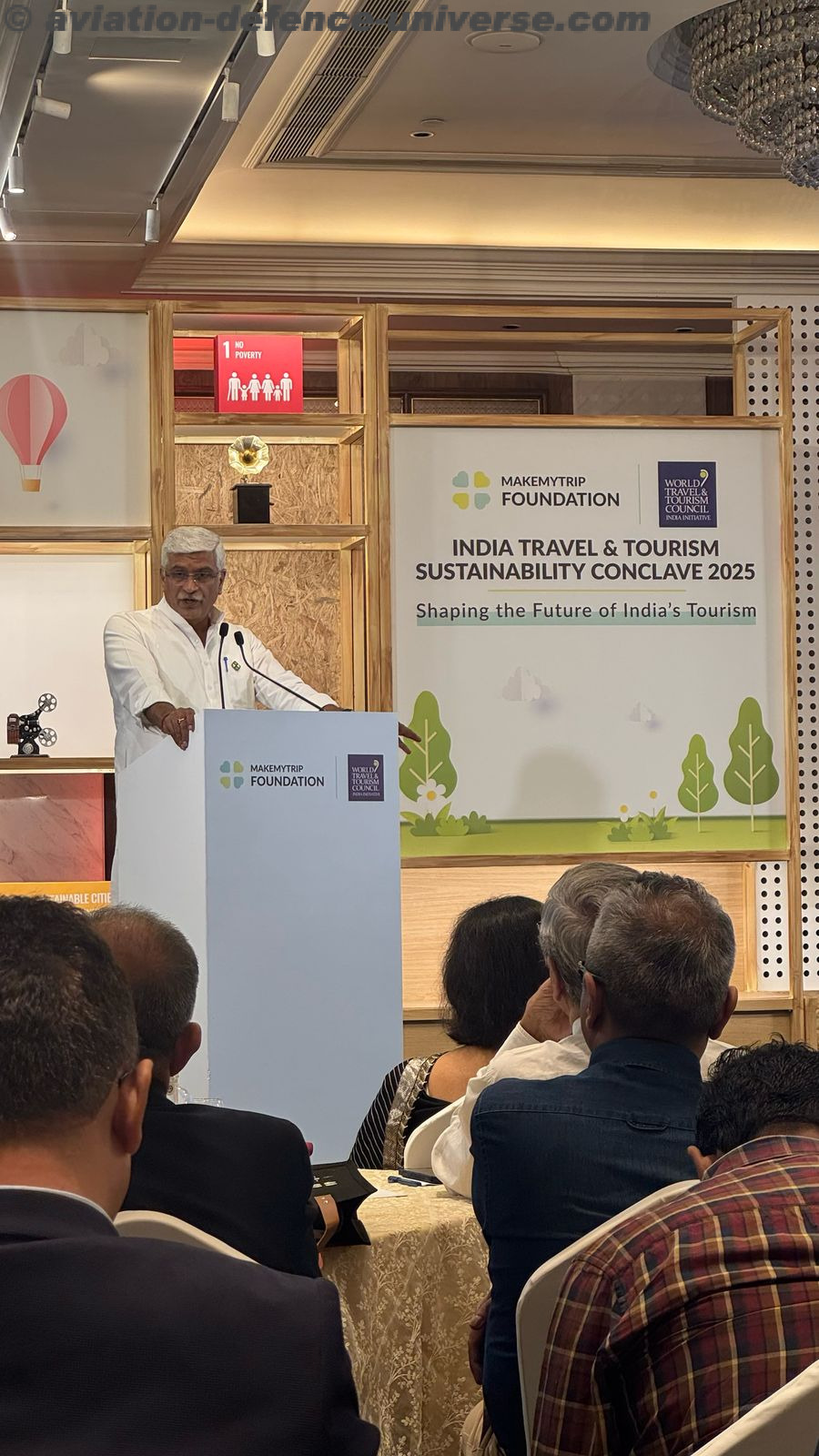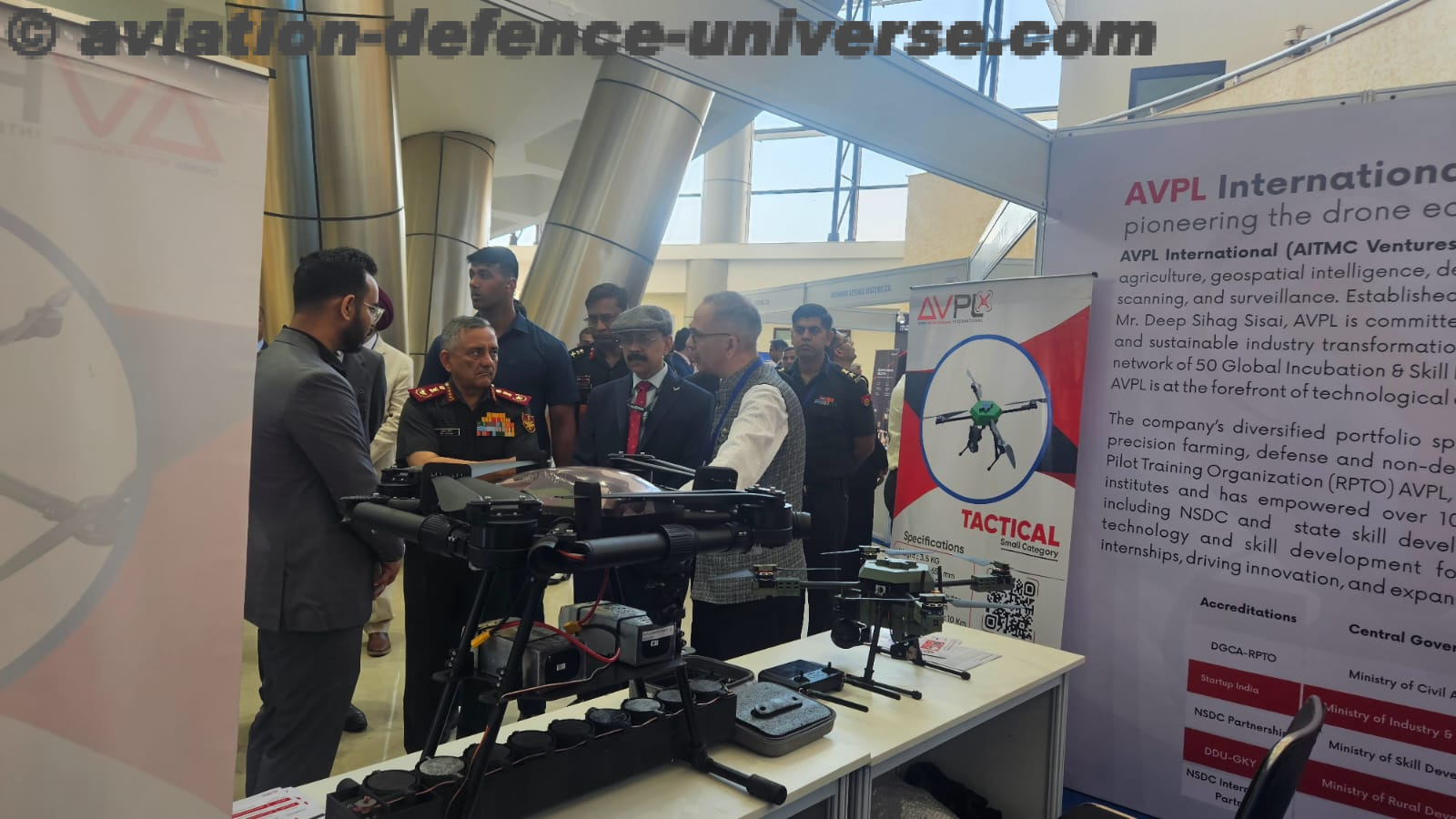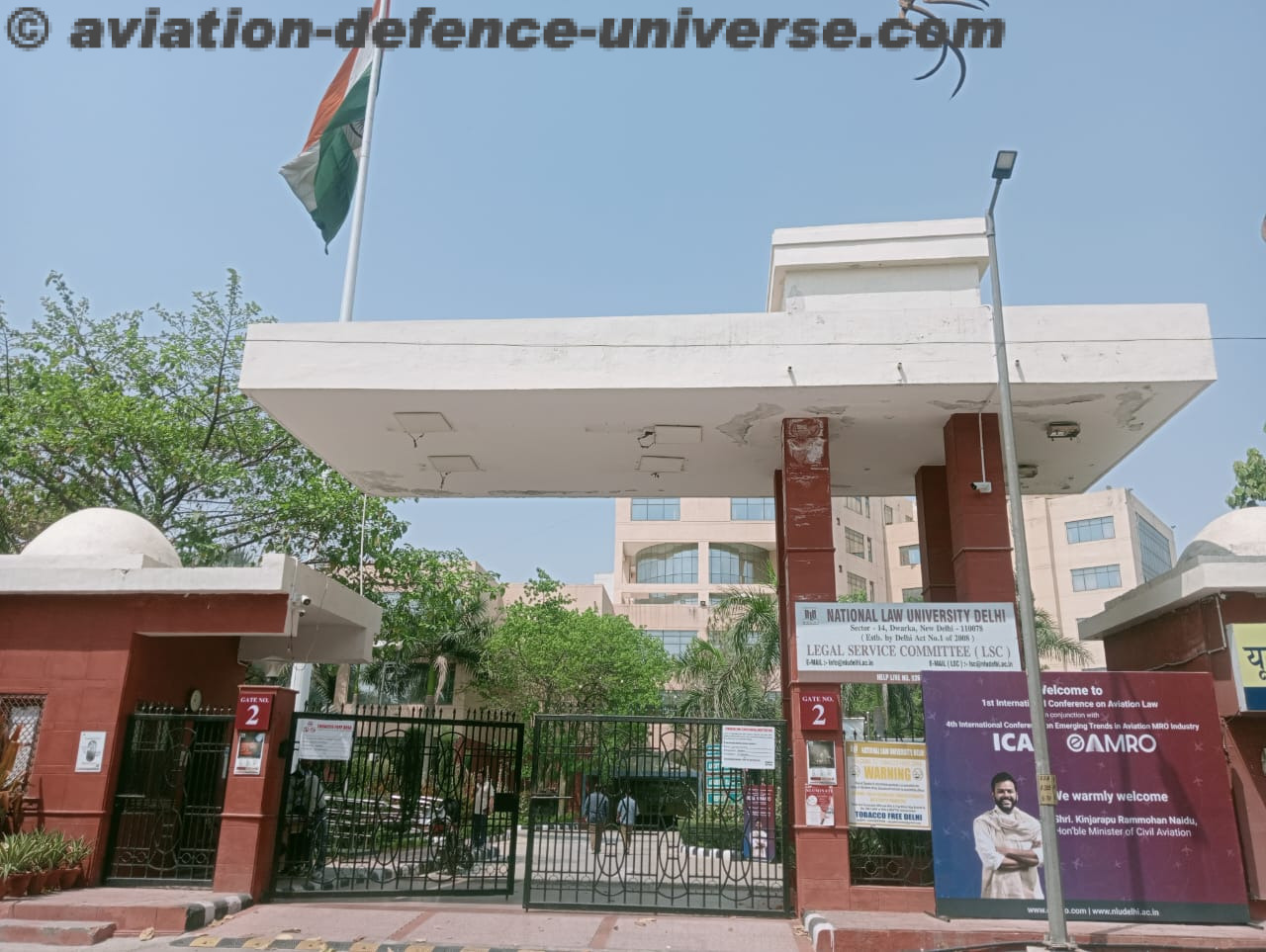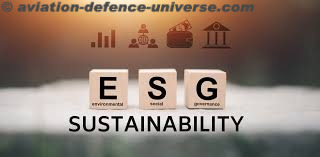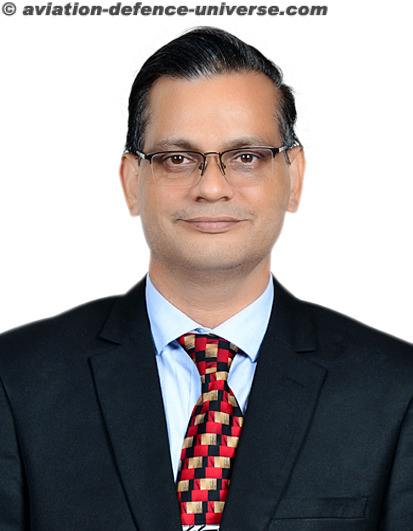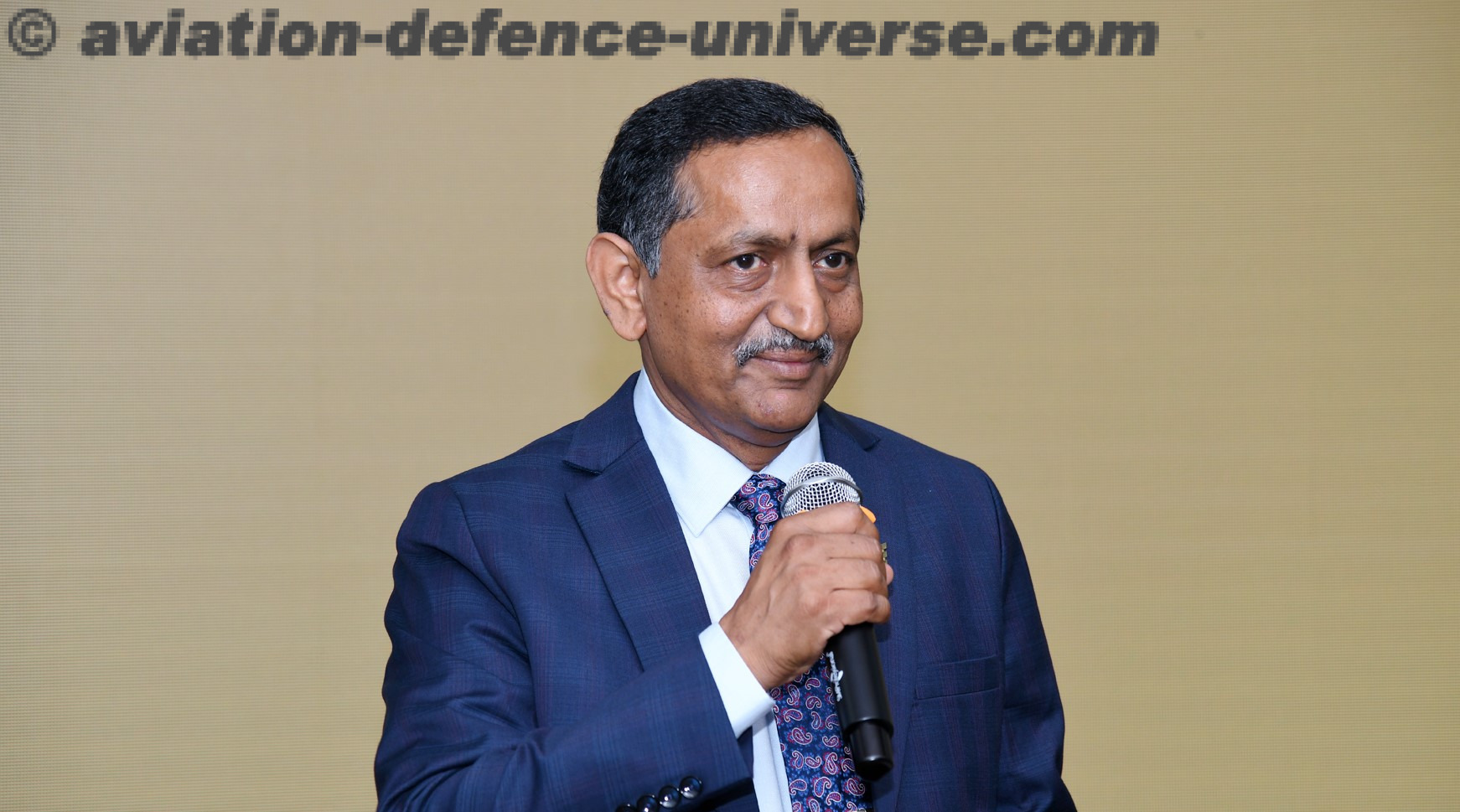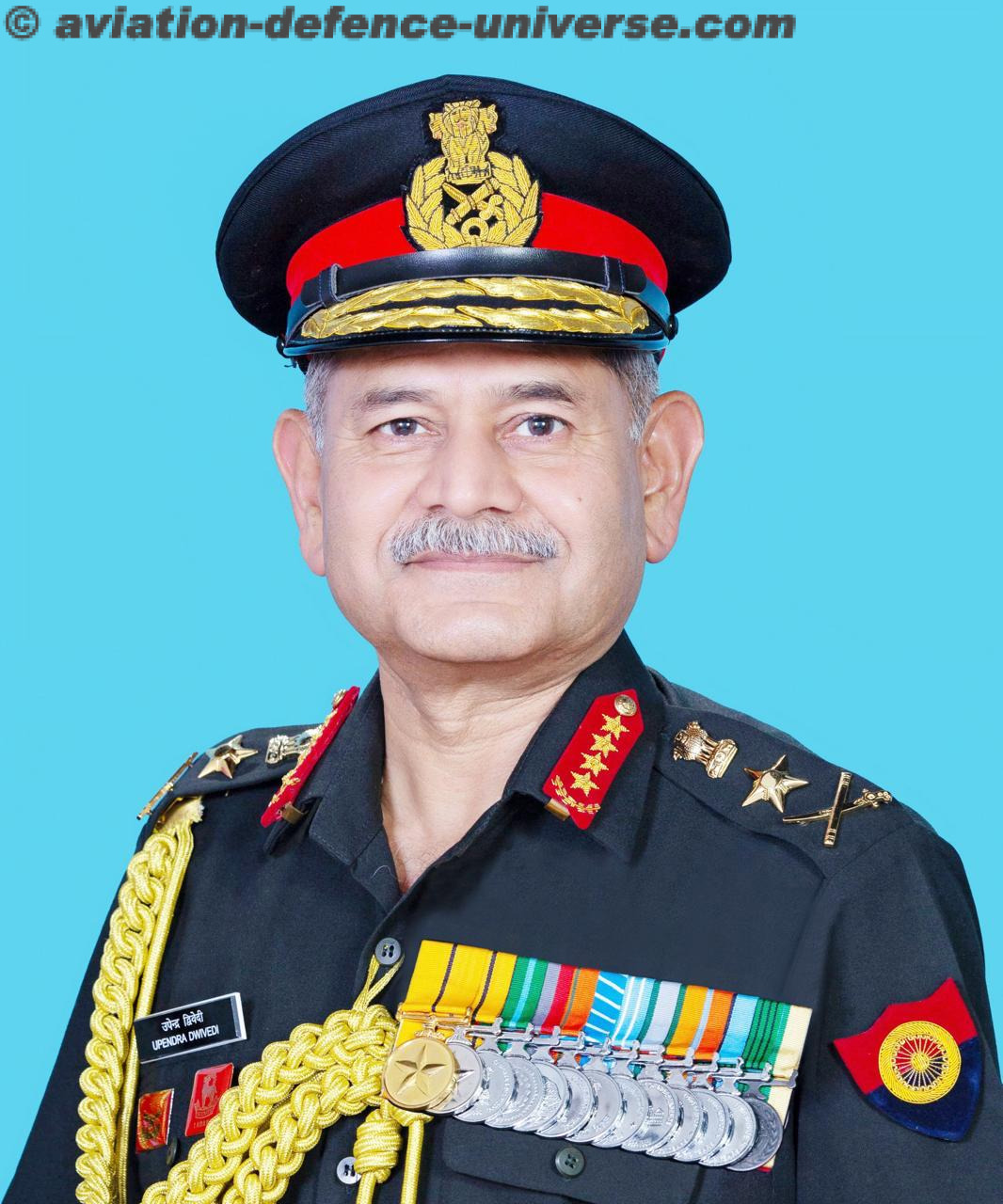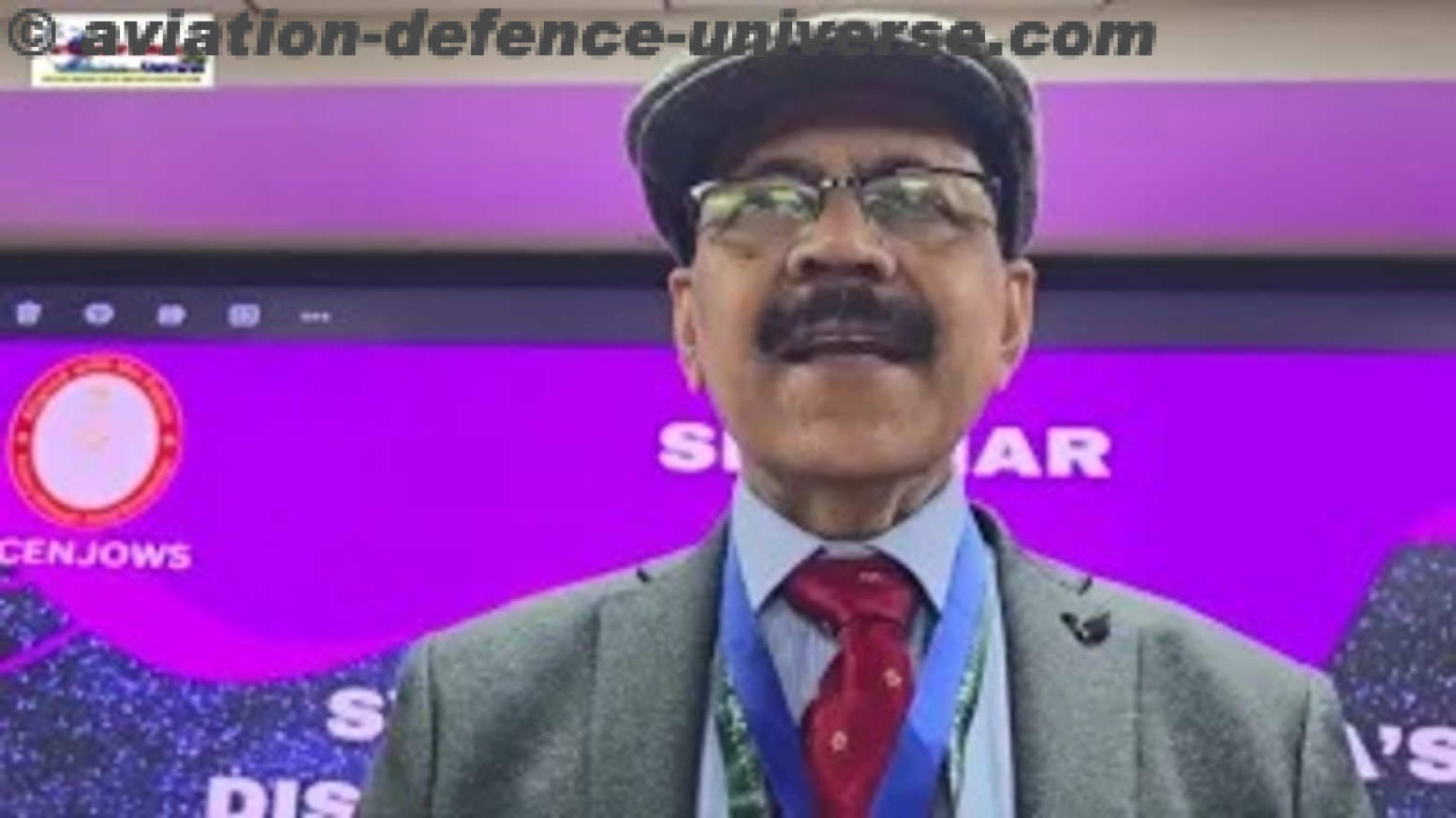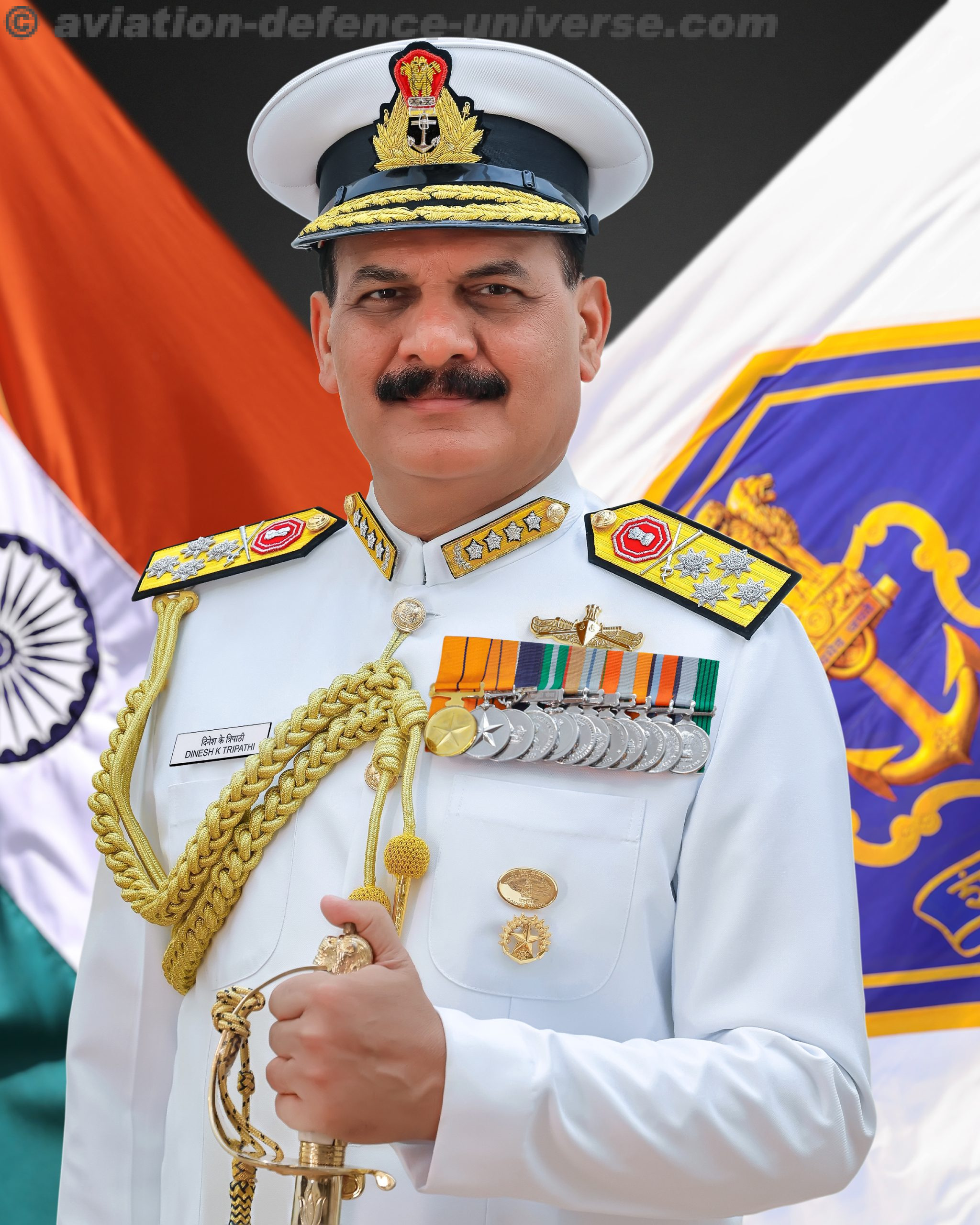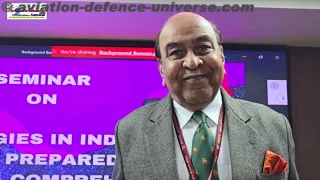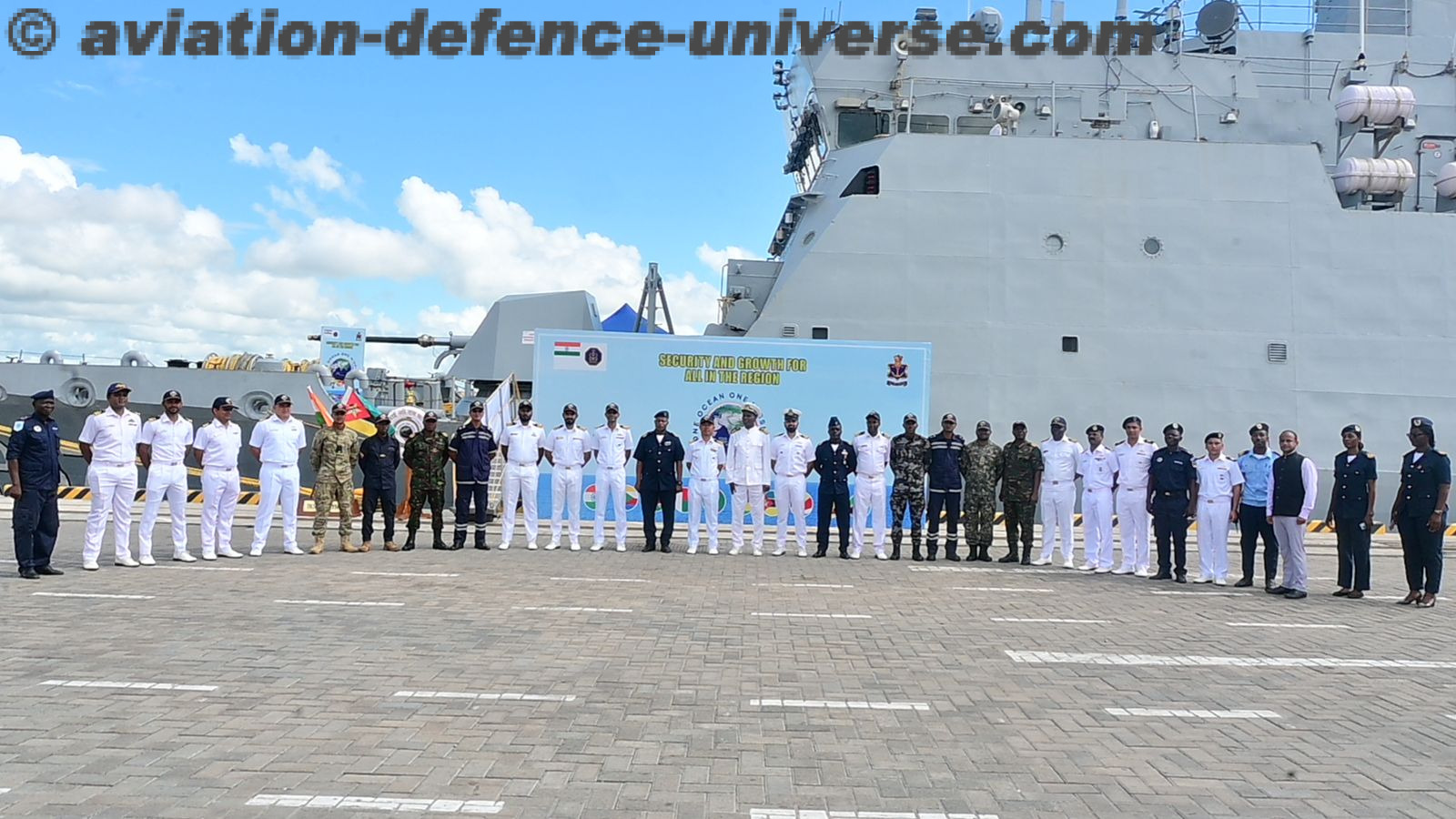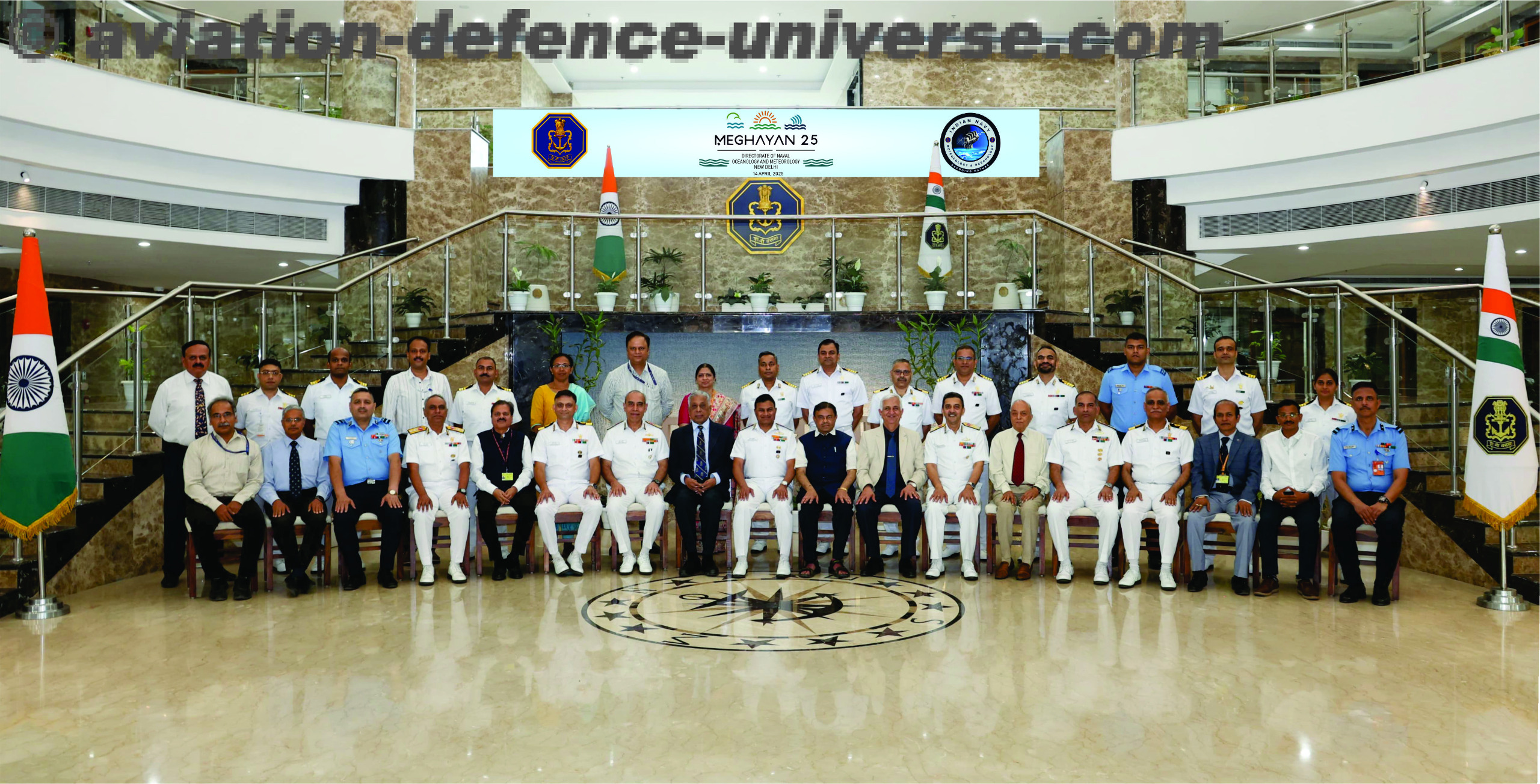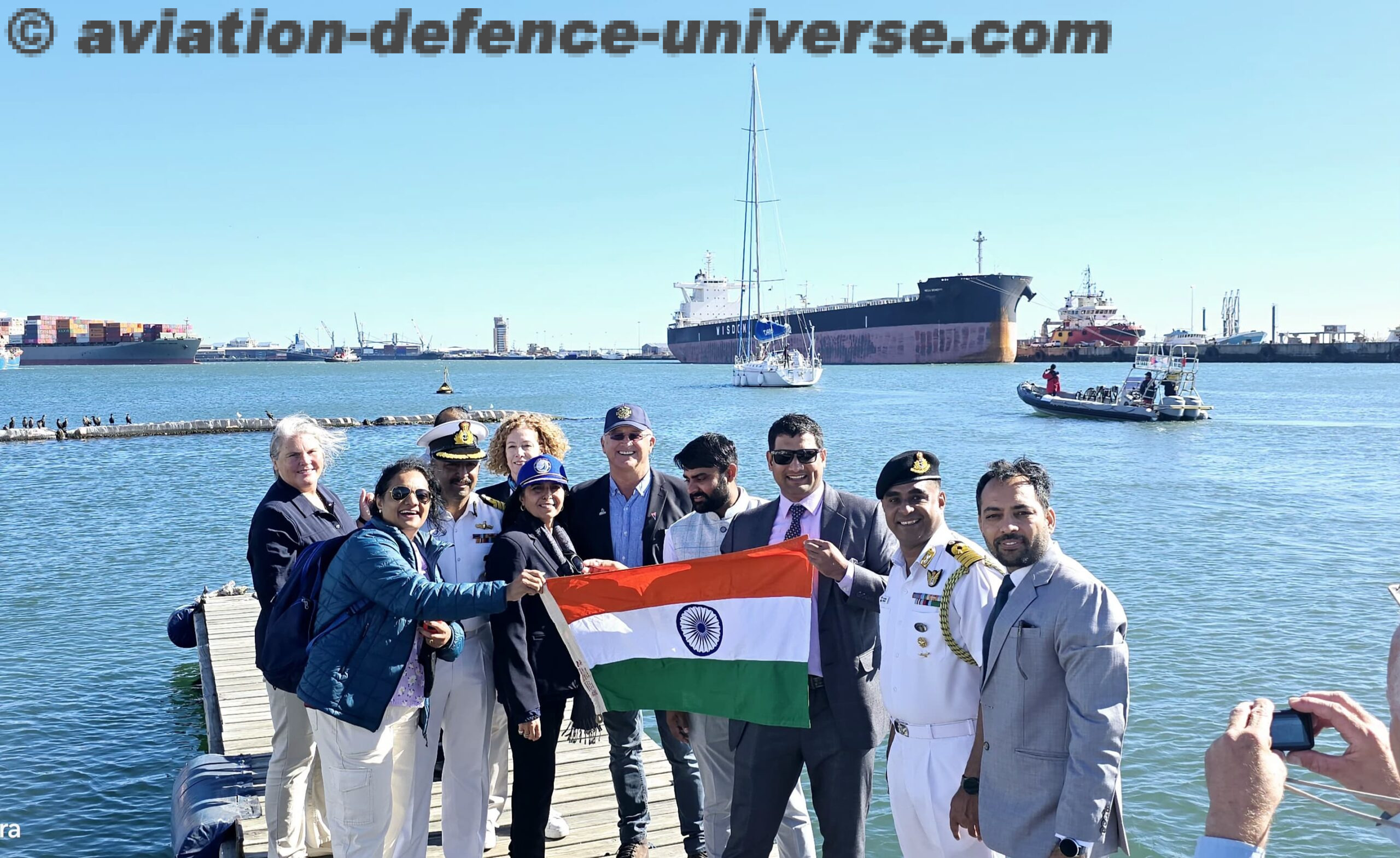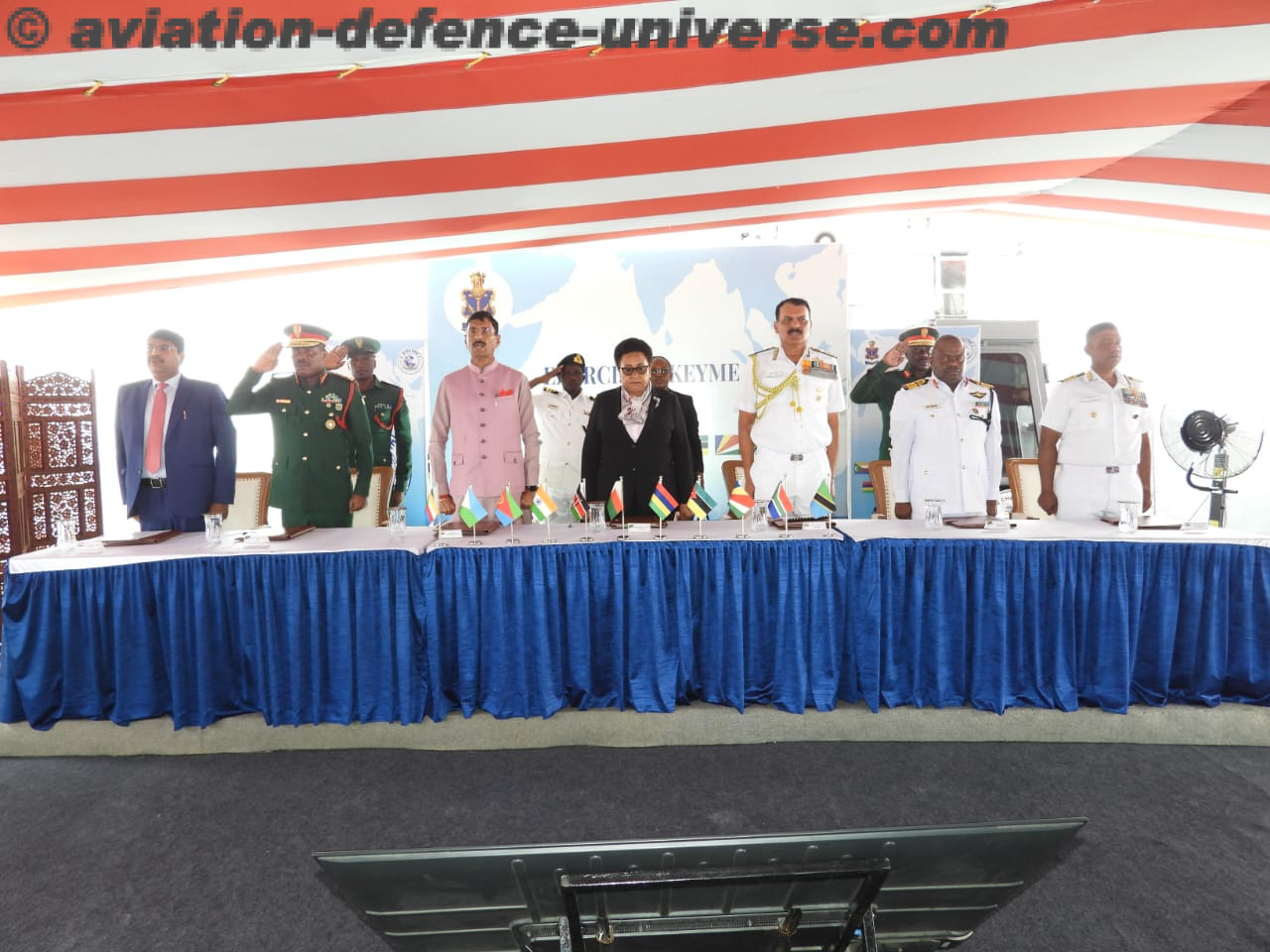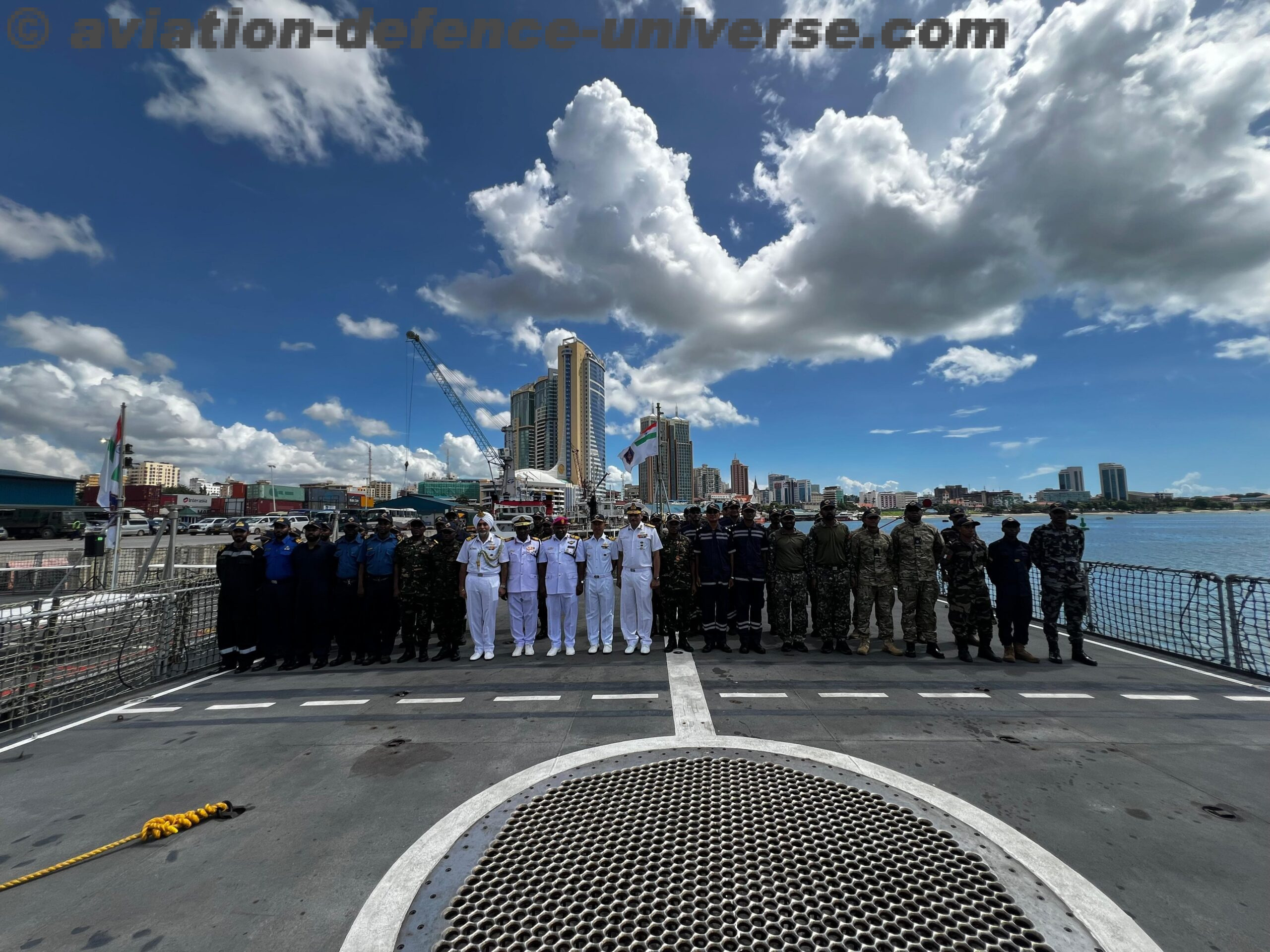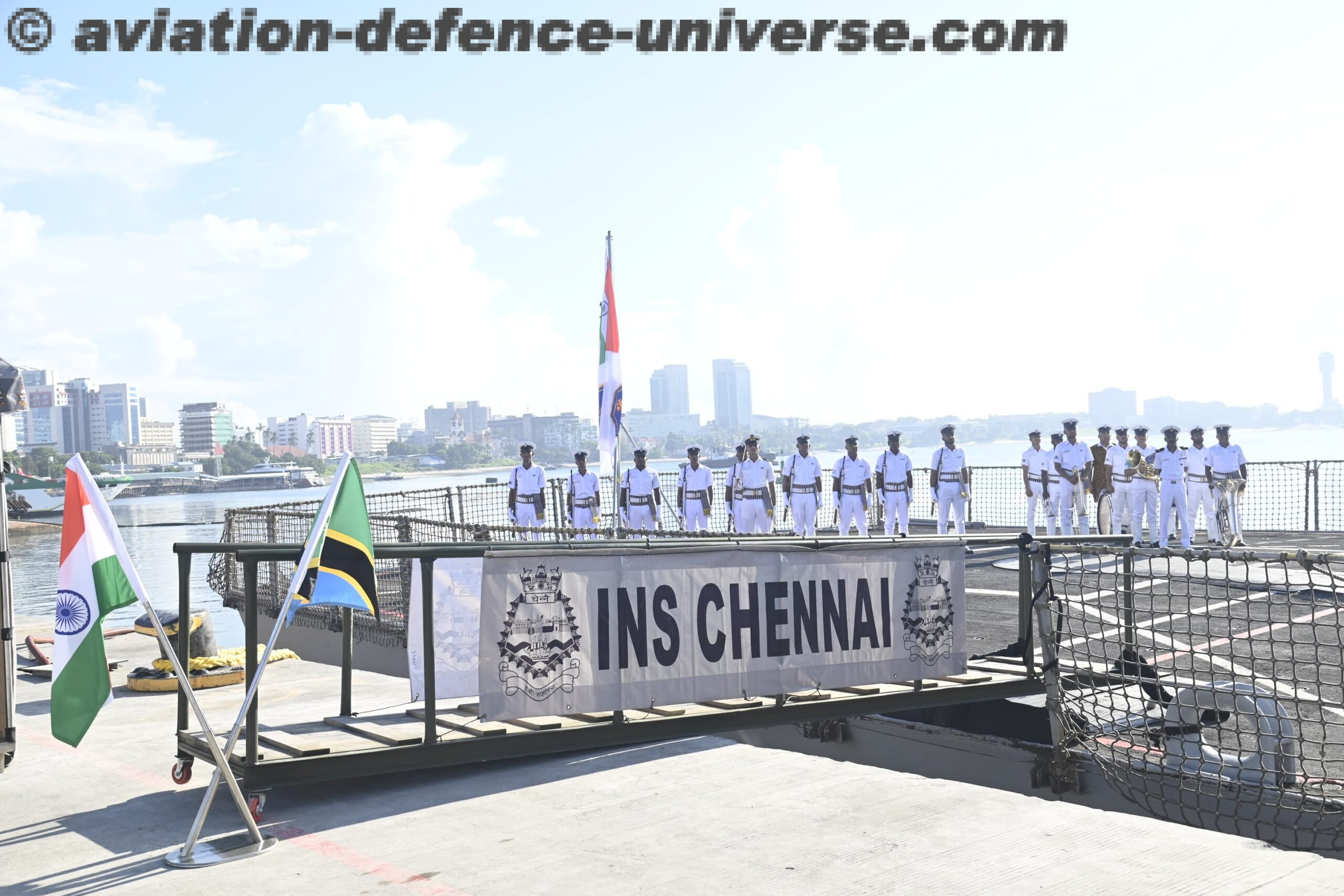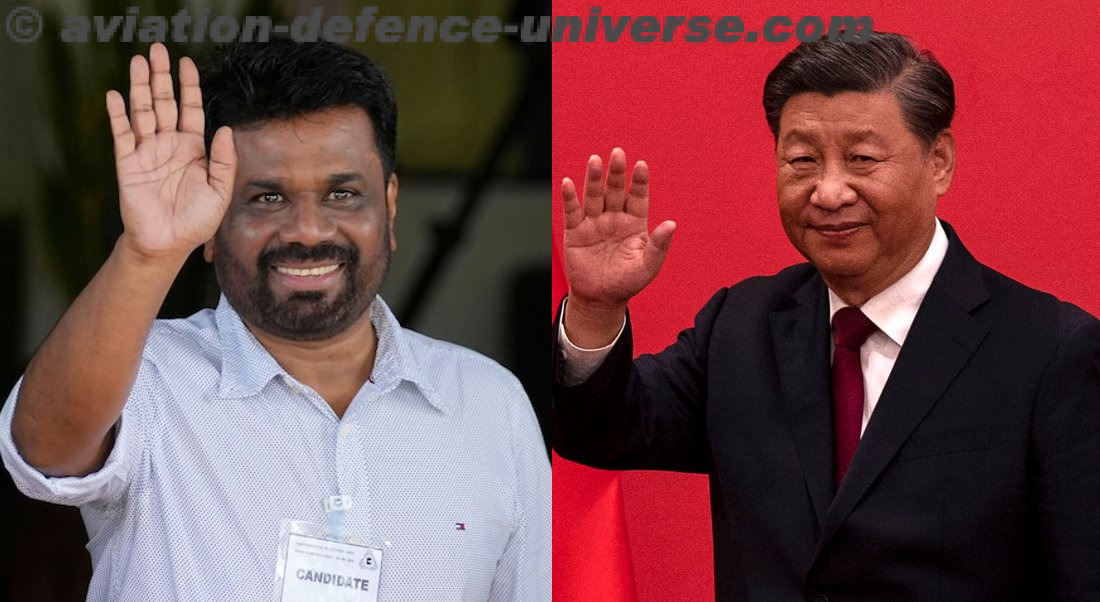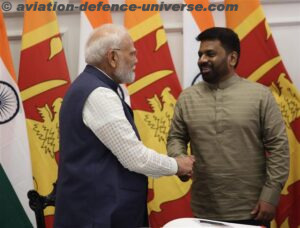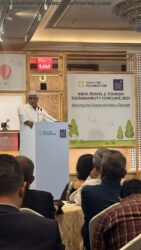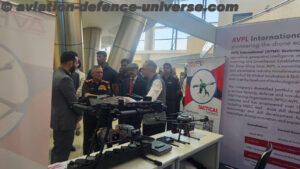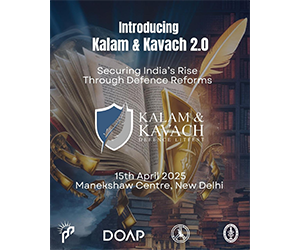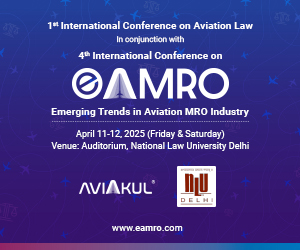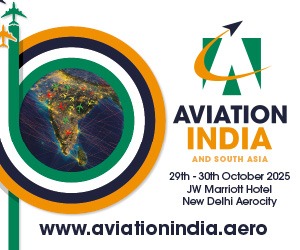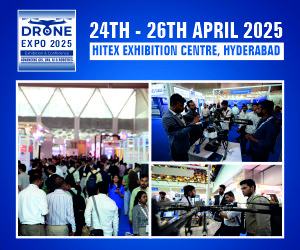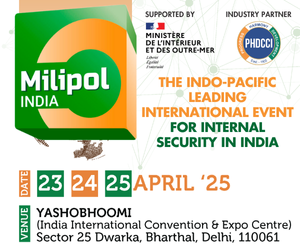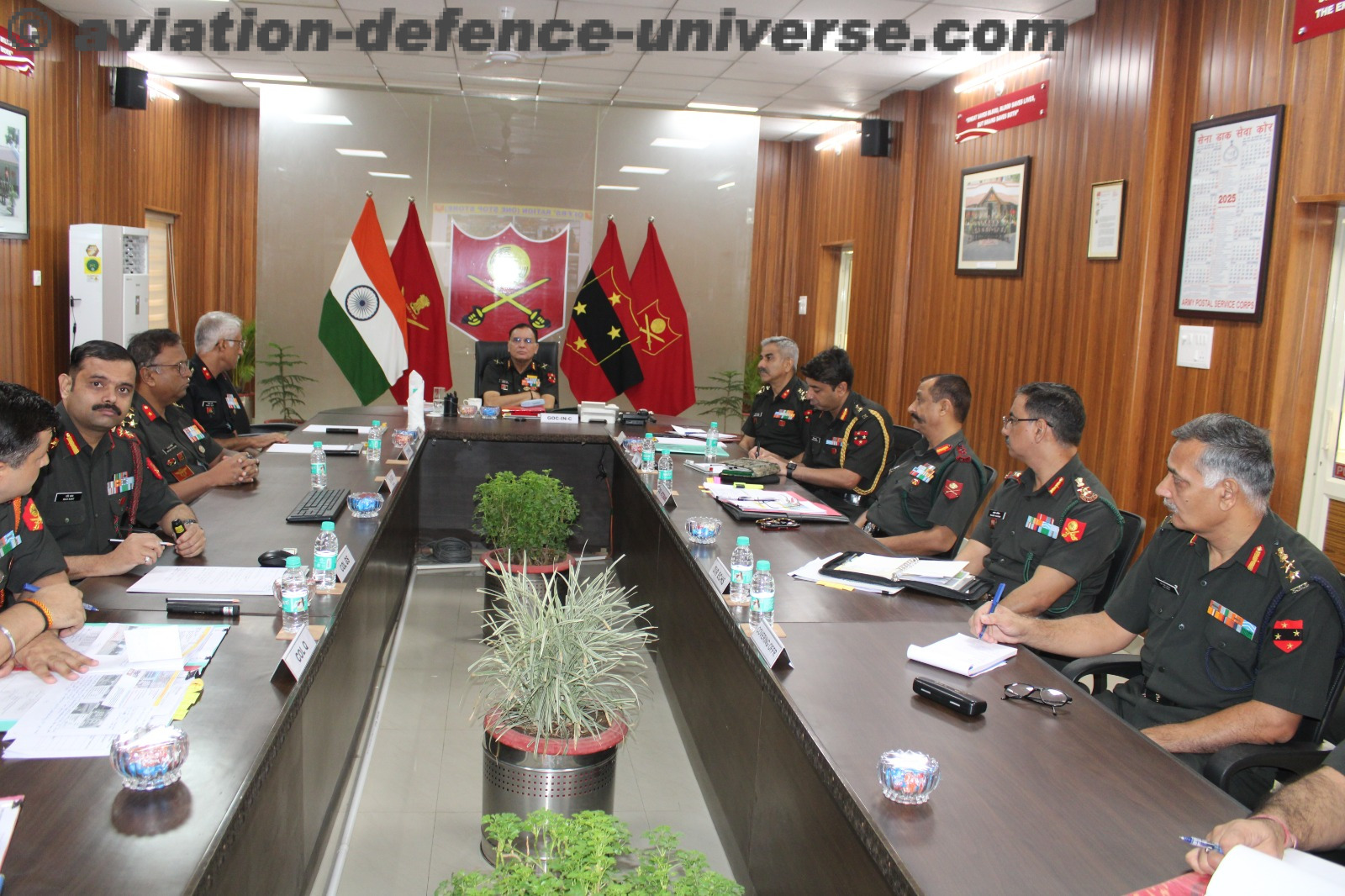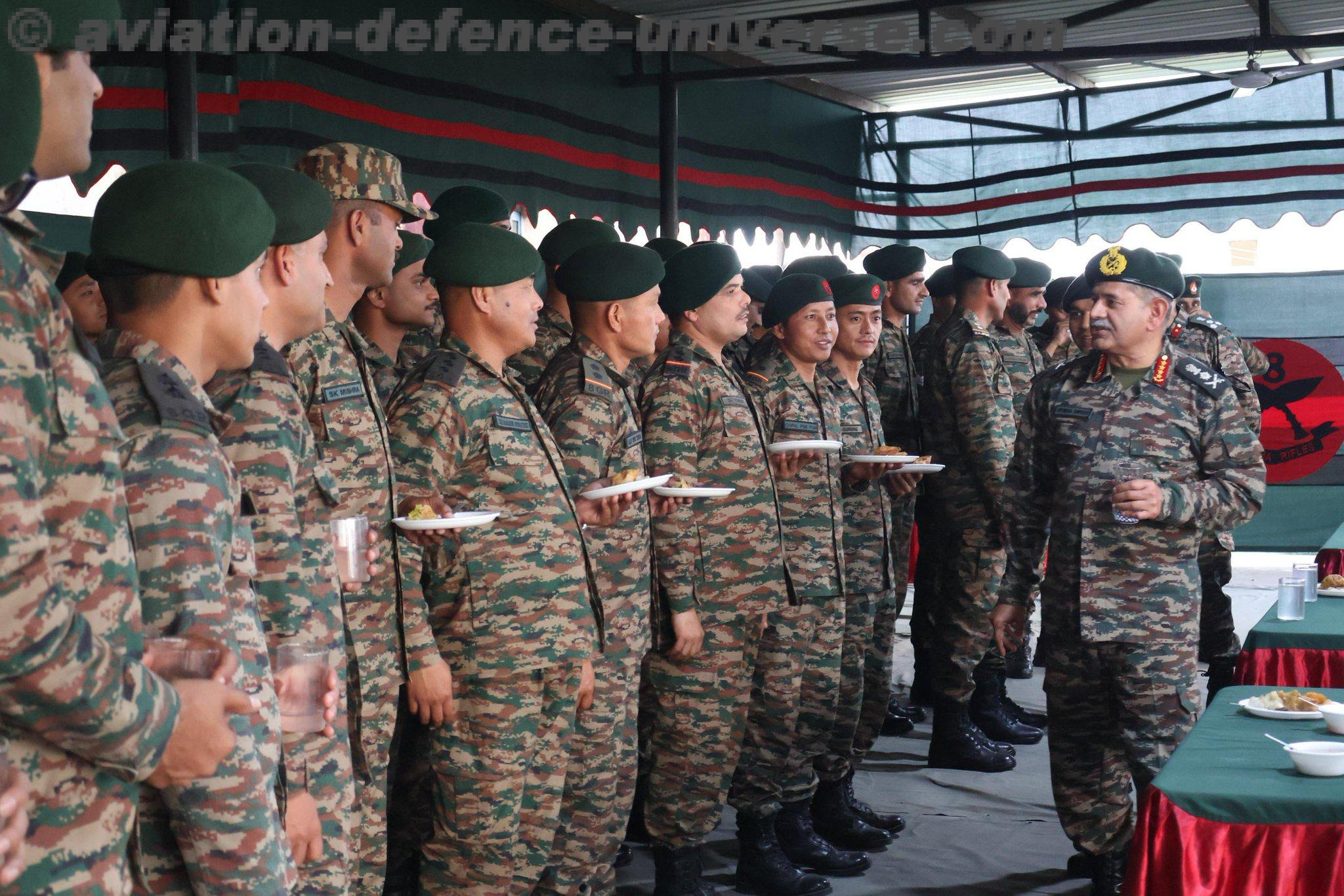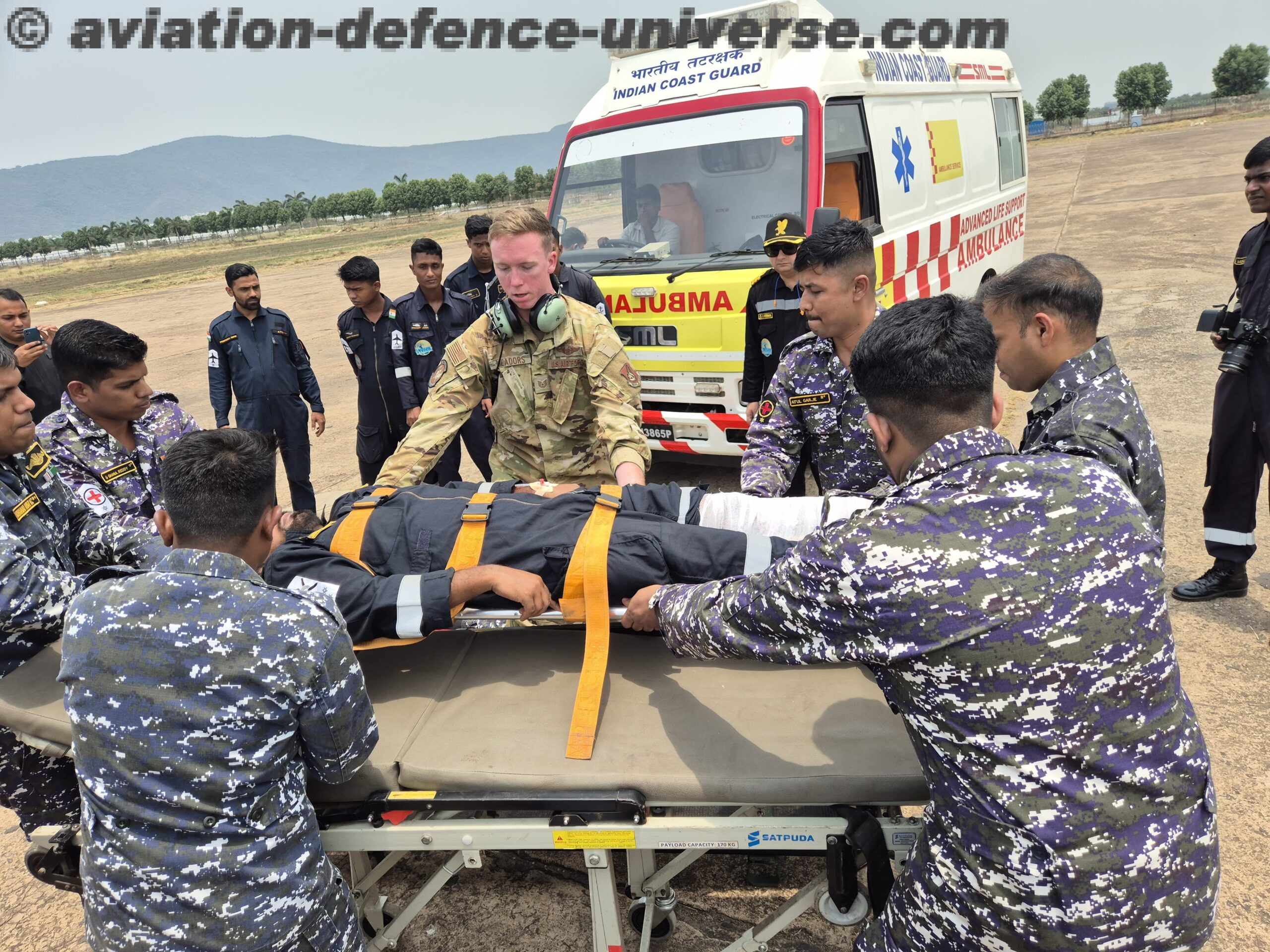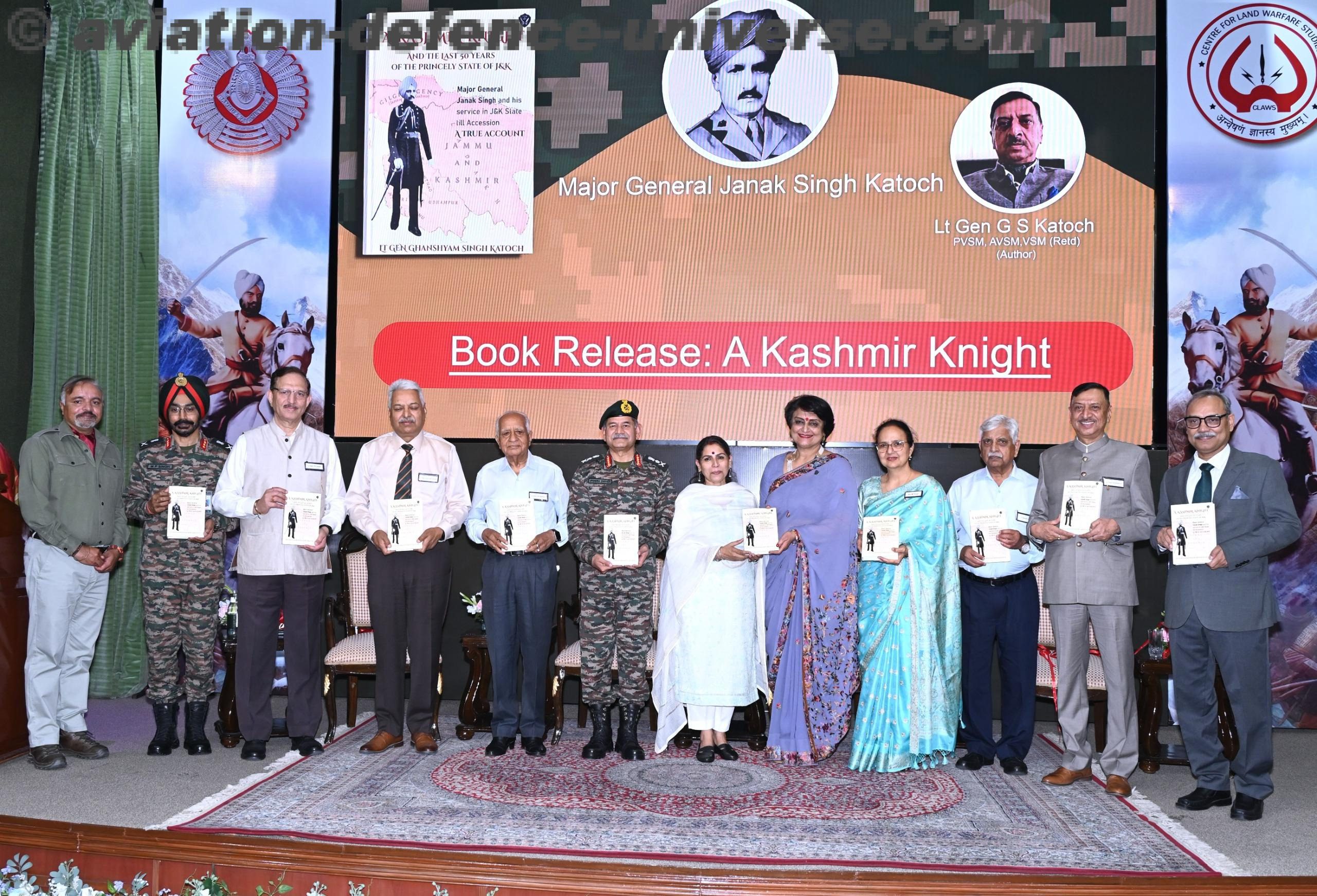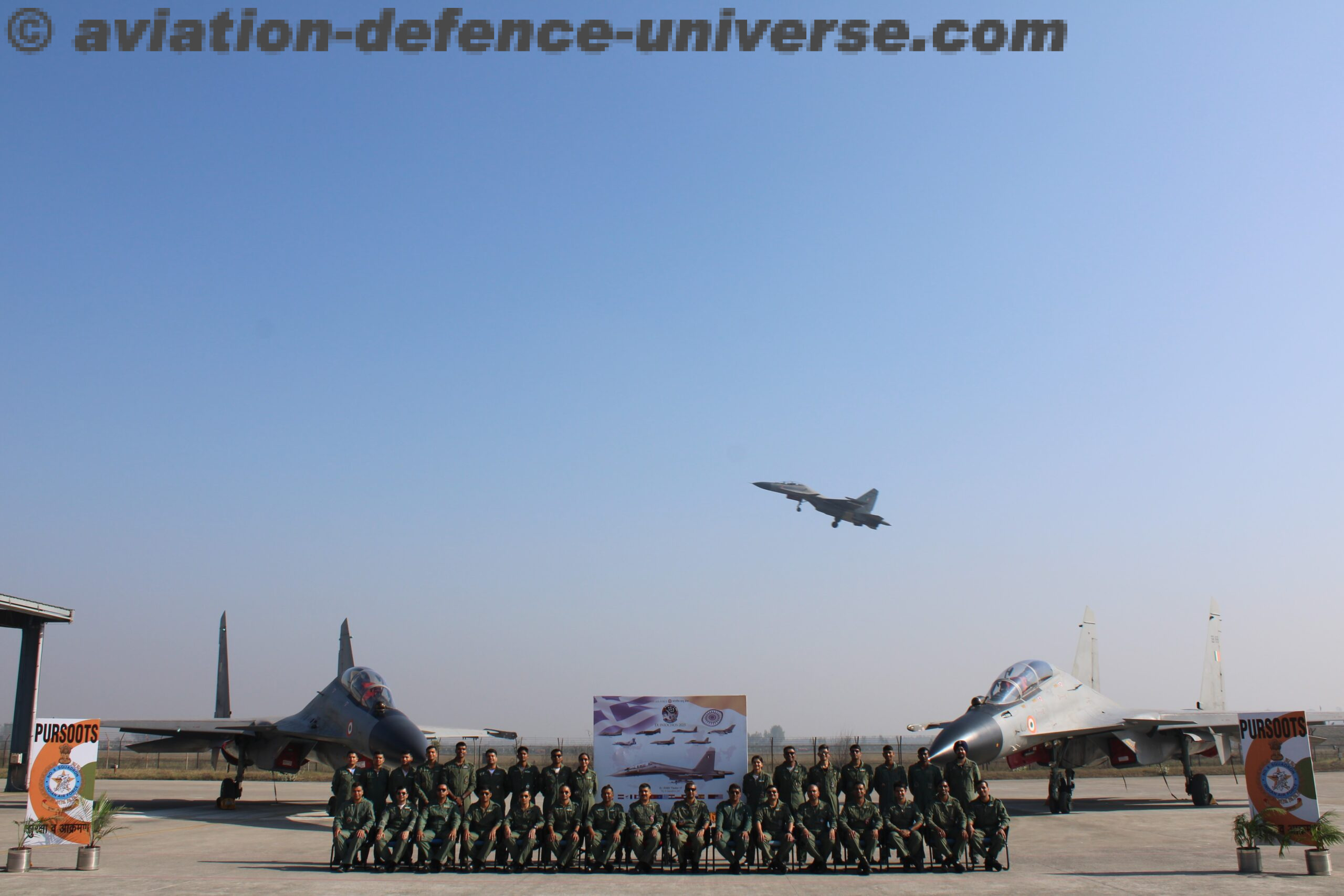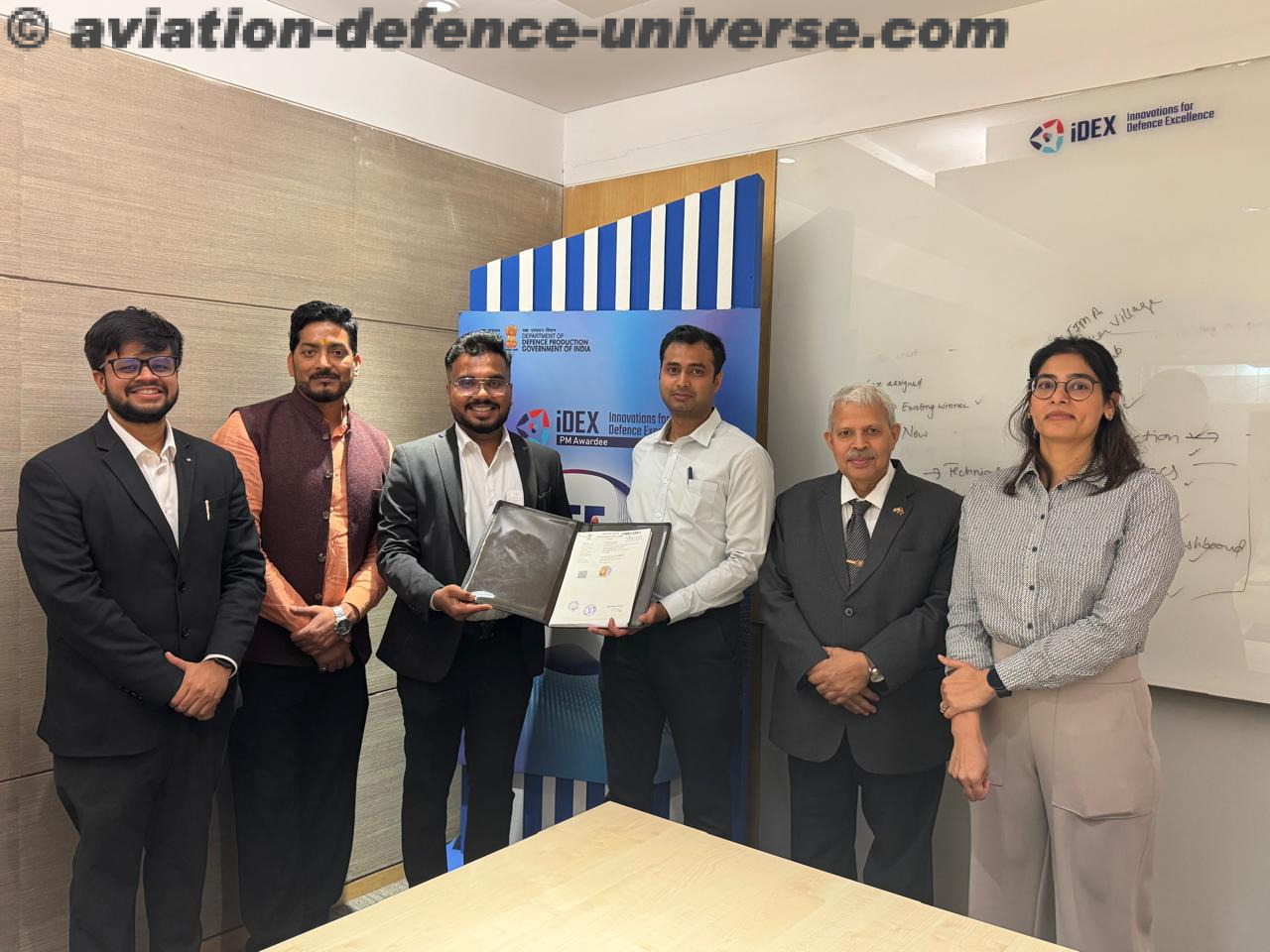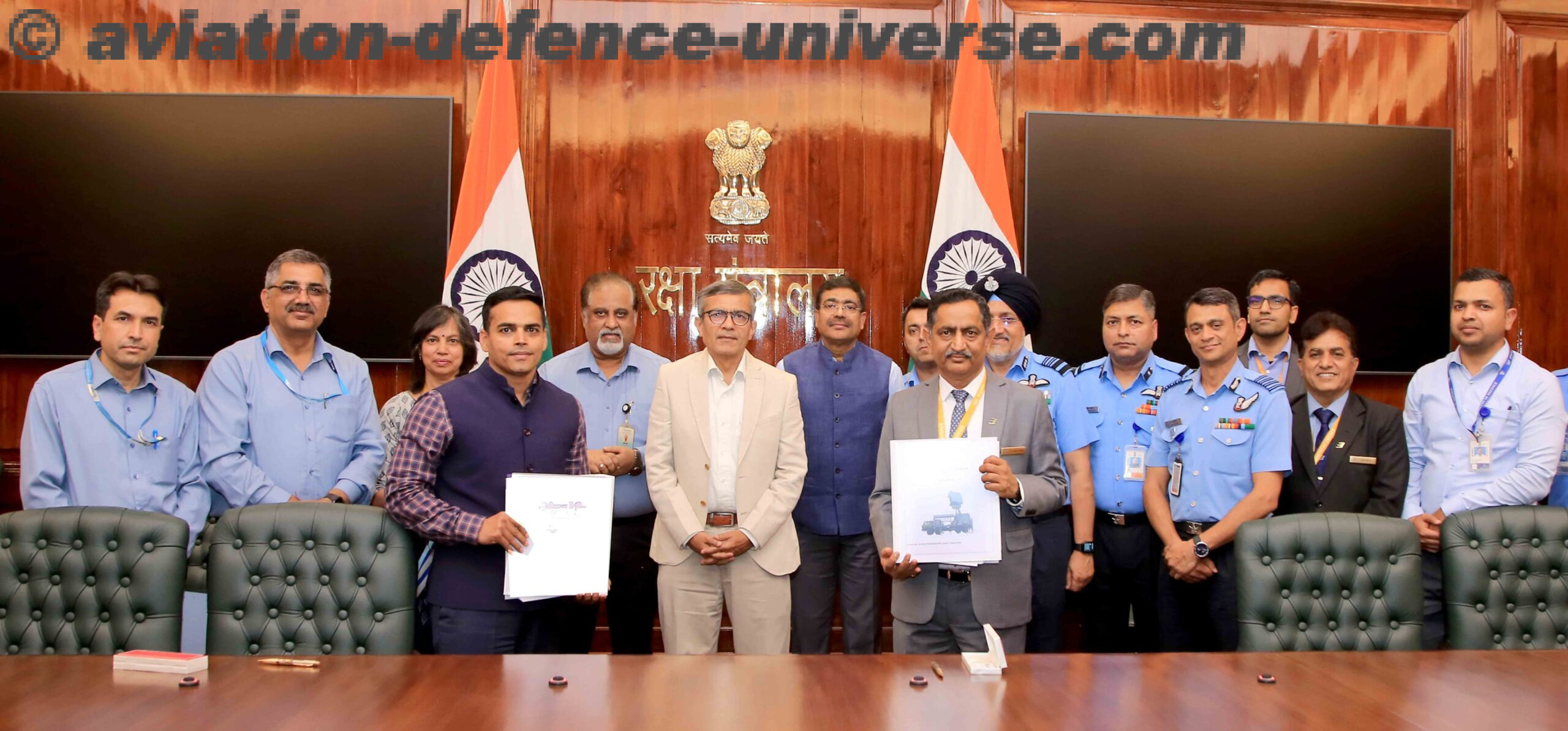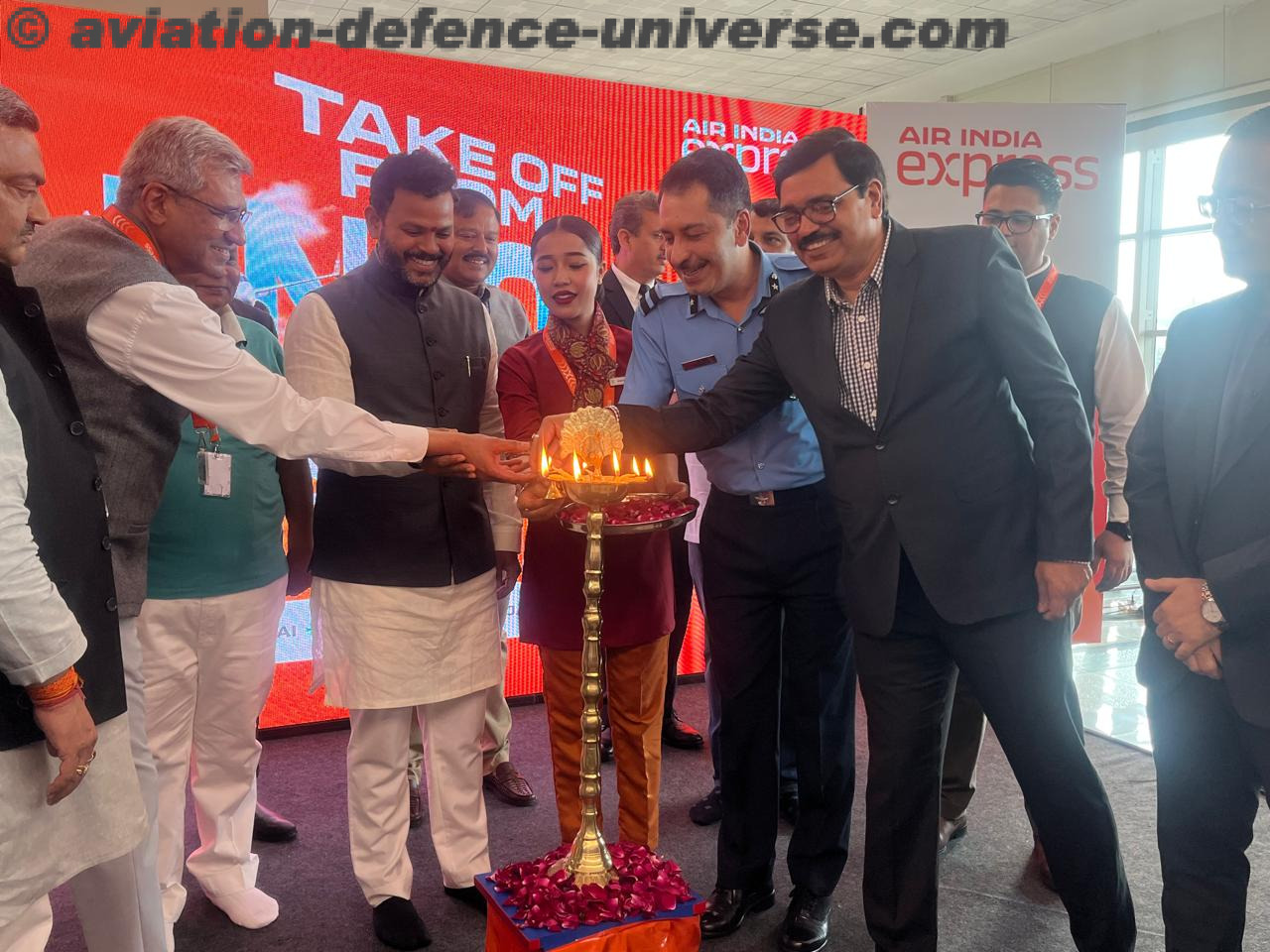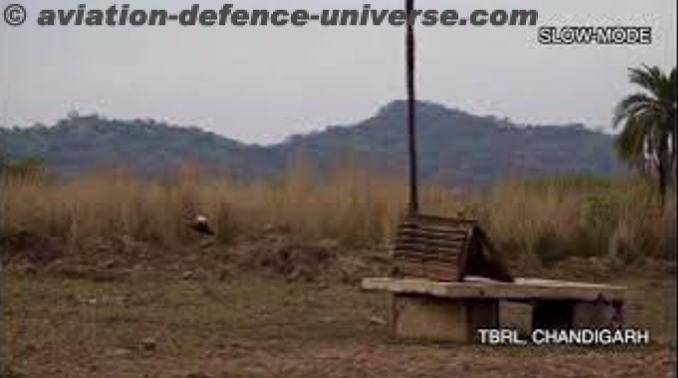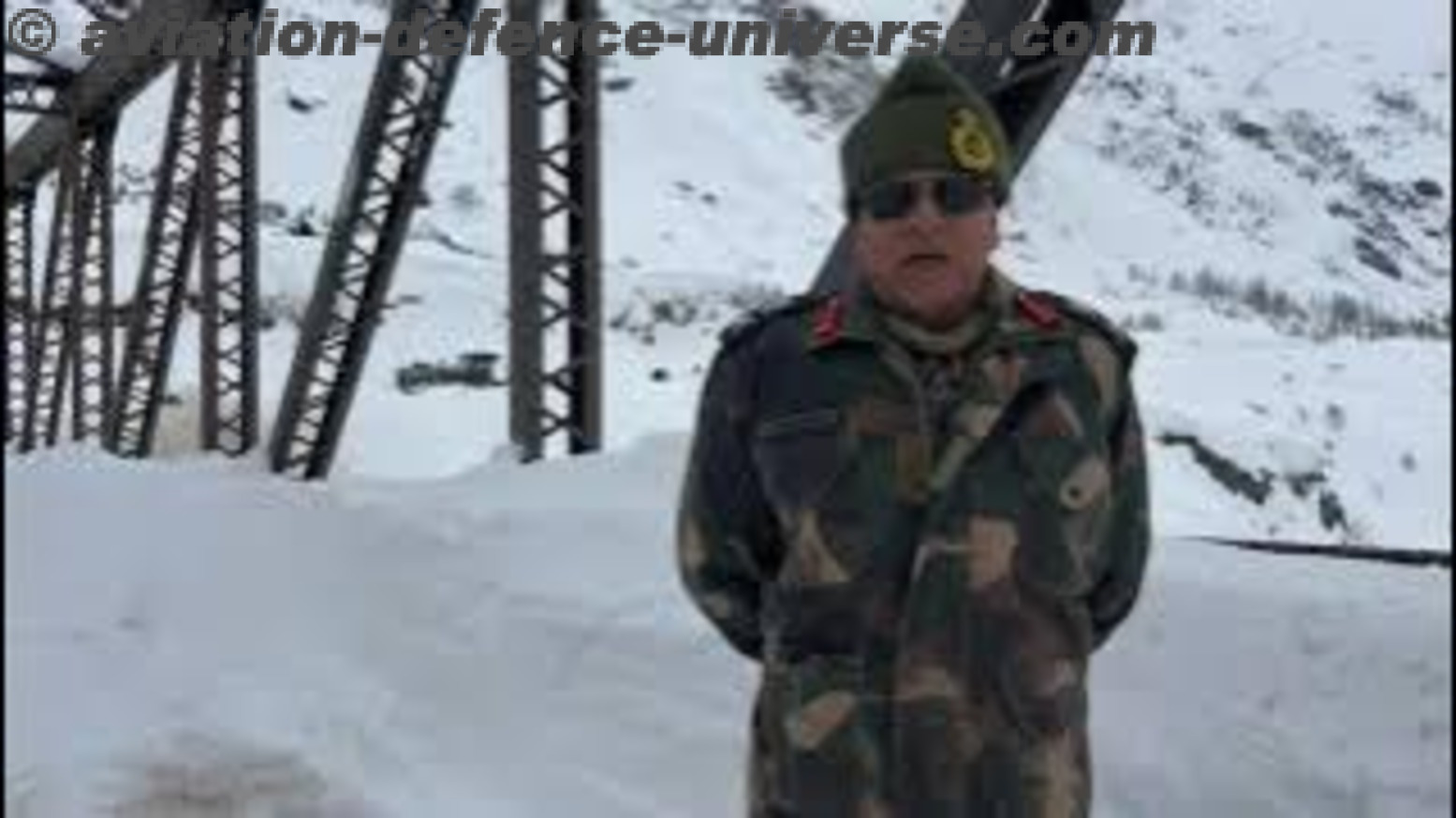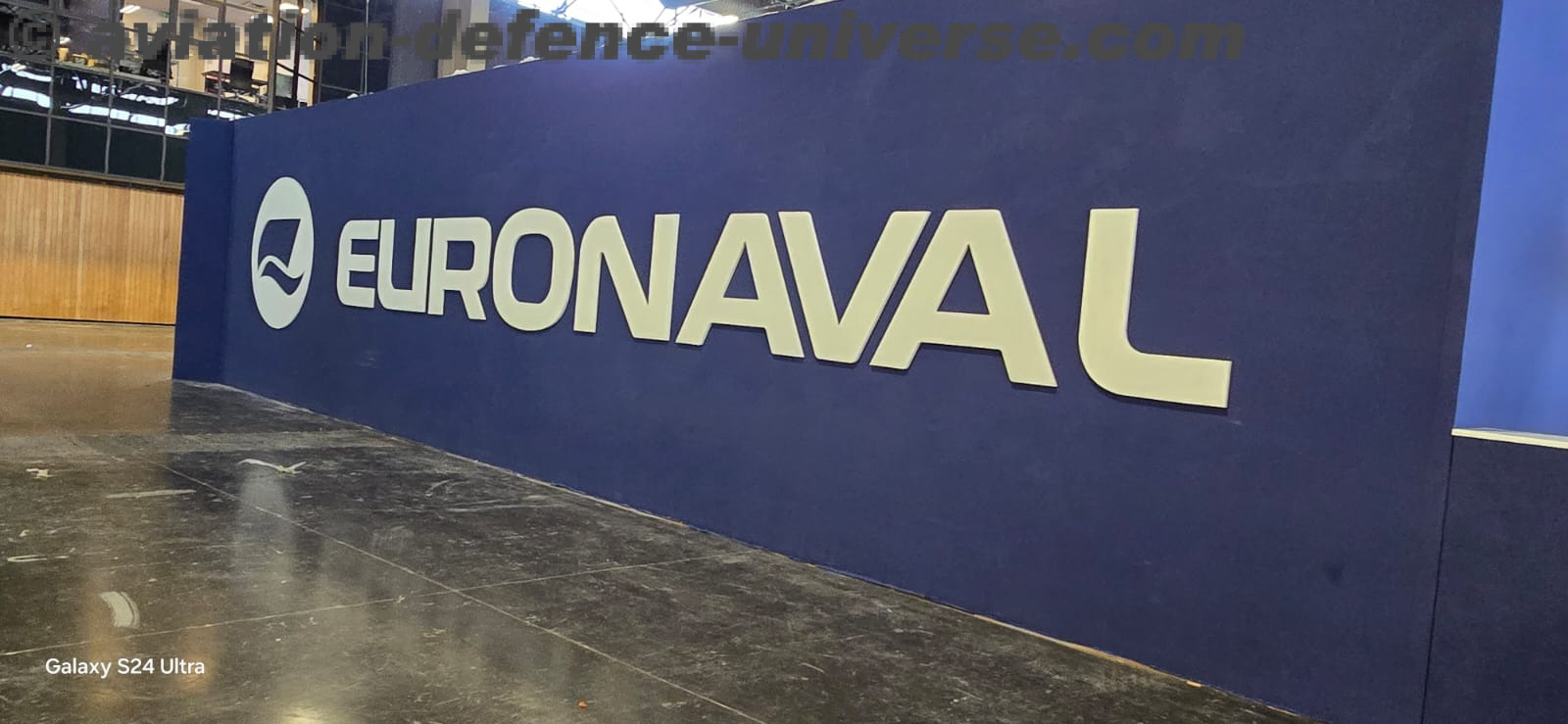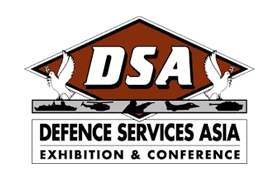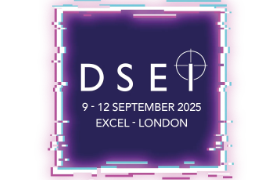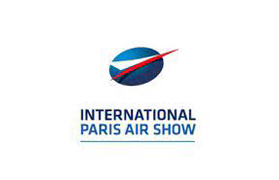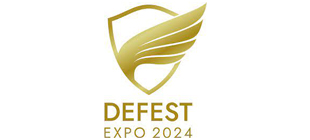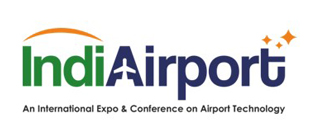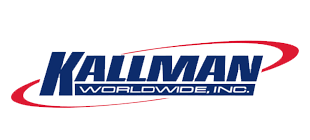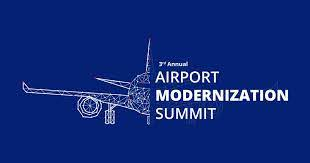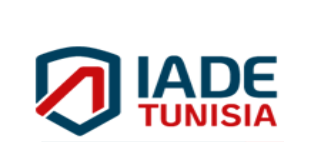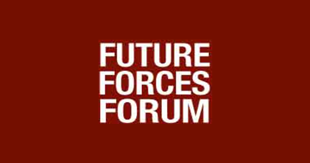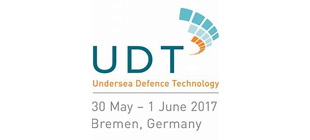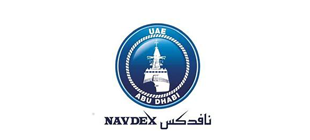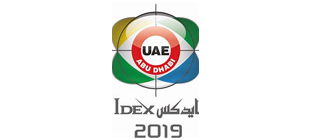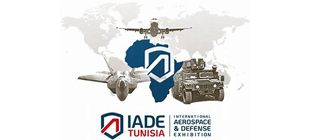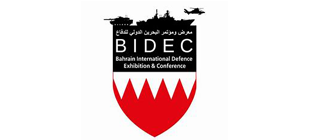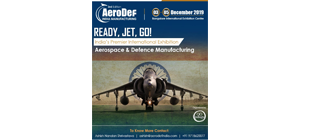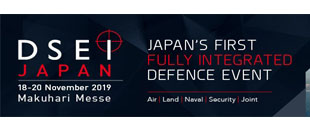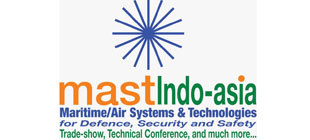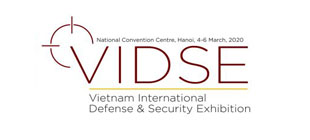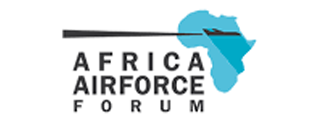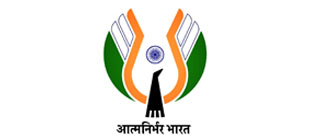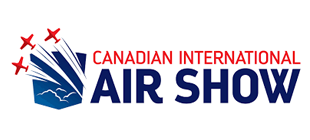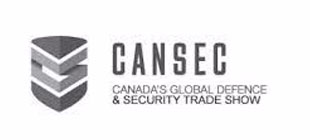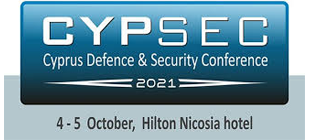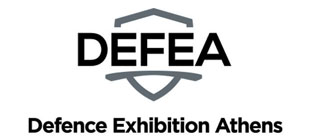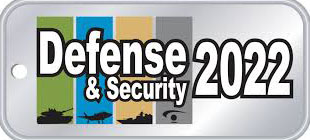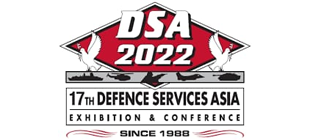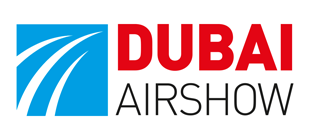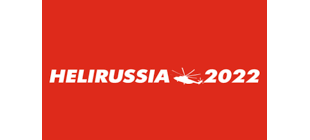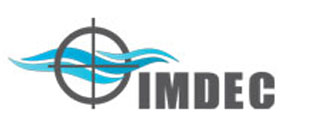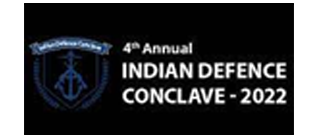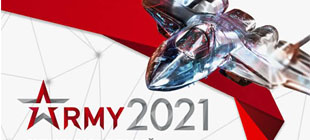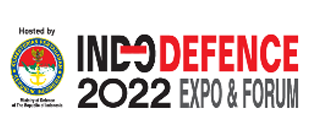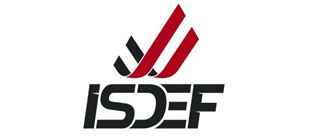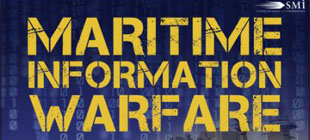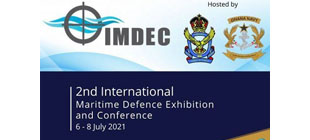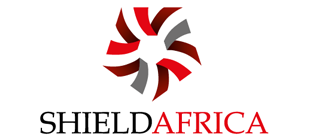- Sri Lanka Walks the Tightrope Between Indian Assistance and Chinese Influence
By Jai Kumar Verma
New Delhi. 04 February 2025. Sri Lankan President Anura Kumara Dissanayake, a Marxist leader who assumed office in September 2024, finds himself navigating a delicate balance between India and China. While prioritizing his first visit to India in December 2024, Dissanayake has also deepened ties with China during his recent four-day visit, commemorating the 68th anniversary of diplomatic relations. A total of 15 MoUs were signed between both the countries in diverse sectors, including education, energy, and infrastructure. China’s investments, including a $3.7 billion oil refinery under the Belt and Road Initiative, signal its growing foothold in Sri Lanka. However, this increasing Chinese influence comes amid lingering concerns over Beijing’s predatory debt practices, which have already led Colombo to cede strategic assets like Hambantota Port.
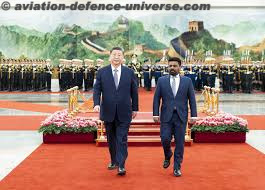 Dissanayake met President Xi Jinping, Premier Li Qiang and Chairman of the Standing Committee of the National People’s Congress of China and others. It was also decided to have Free Trade Agreement (FTA) between both the countries as well as the development of Colombo Port City and Hambantota Port. The currency swap agreements were also renewed however as usual with Chinese agreements the details of the agreements were not made public. The reports also suggest the Chinese companies would invest about $10 billion in different sectors in the island nation.
Dissanayake met President Xi Jinping, Premier Li Qiang and Chairman of the Standing Committee of the National People’s Congress of China and others. It was also decided to have Free Trade Agreement (FTA) between both the countries as well as the development of Colombo Port City and Hambantota Port. The currency swap agreements were also renewed however as usual with Chinese agreements the details of the agreements were not made public. The reports also suggest the Chinese companies would invest about $10 billion in different sectors in the island nation.
Dissanayake needs Chinese help as he won elections on the promises of improving the living condition of poor masses, domestic growth and economic revival. Sri Lanka is facing economic challenges because of Chinese debt which was taken during the rule of Mahinda Rajapakse who was close to Beijing. Sri Lanka’s Hambantota Port was taken over by China on 99 years of lease as Colombo could not repay its loan. It became a prime example of debt trap under which China is exploiting smaller countries of Global South through giving loan under Belt and Road Initiative (BRI). It was the reason that the visiting Sri Lankan President defended Chinese loan and mentioned that the countries of Global South need development of the infrastructure for which you need external investments and loan. Hence it cannot be termed as “debt trap’. Tourism plays a vital role in the economy of Sri Lanka hence Dissanayake invited Chinese people to visit Sri Lanka in large numbers.
However, the ‘Icing on the Cake’ was the announcement by Chinese company Sinopec that it would invest $3.7 billion in constructing of an oil refinery in Sri Lanka under Belt and Road Initiative (BRI). China constructs infrastructure projects including energy projects in economically weaker countries which enhances Chinese influence world over. The refinery which would produce 200000 barrels per day would be the biggest foreign investment in the country. Generally Beijing provides loans on higher interest rates and terms and conditions of the agreements, which are in favour of China, are not put in public domain. Most of the times these loans are ‘debt trap’ and destroys the economy of the country.
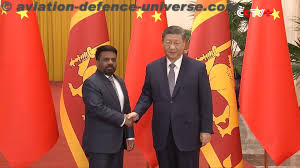 India is a big player in energy sector of Sri Lanka hence the proposed refinery in Hambantota by Chinese is a reason to worry for India. Besides proposed refinery Beijing has also long-term agreement to construct an economic zone at Hambantota. The Chinese oil giant Sinopec is constructing oil refinery in Sri Lanka as the oil demand in China has peaked and now it would go down because of use of electric vehicles, use of solar energy as well as the economic growth is slowed down in the country. India is also trying to build a fuel products pipeline in Sri Lanka. The refinery would be a direct challenge to India in oil sector as government owned Ceylon Petroleum Corporation is number one energy supplier and Indian Oil Corporation is number two energy supplier in the island nation. Sinope is also trying to establish a refinery in Saudi Arabia.
India is a big player in energy sector of Sri Lanka hence the proposed refinery in Hambantota by Chinese is a reason to worry for India. Besides proposed refinery Beijing has also long-term agreement to construct an economic zone at Hambantota. The Chinese oil giant Sinopec is constructing oil refinery in Sri Lanka as the oil demand in China has peaked and now it would go down because of use of electric vehicles, use of solar energy as well as the economic growth is slowed down in the country. India is also trying to build a fuel products pipeline in Sri Lanka. The refinery would be a direct challenge to India in oil sector as government owned Ceylon Petroleum Corporation is number one energy supplier and Indian Oil Corporation is number two energy supplier in the island nation. Sinope is also trying to establish a refinery in Saudi Arabia.
Sri Lanka plans to utilise only 20% of refinery production in the country and rest it would like to export so that the nation can earn much needed foreign exchange. However, the Chinese company wants to sell maximum production in the country so that it earns more Sri Lankans goodwill. In September 2013 Sinopec opened 150 petrol stations in Sri Lanka and started importing fuel from Singapore. Apparently, the gigantic oil refinery looks good but Sri Lanka should be careful, as Chinese loans played an important role in the economic crisis of the island nation when it declared sovereign default in April 2022.
India’s Shaurya Aeronautics and Russia’s Airports of Regions Management Company rescued Sri Lanka by taking over Sri Lanka’s massive international airport constructed on Chinese loan. Colombo was facing trouble in managing the oversize Mattala Rajapaksa International airport which is about 18 KMs from Hambantota. The island nation makes effort to balance between India and China. In 2021 Colombo signed a fresh deal with India to lease out strategic oil tank farm in Trincomalee District. In 2023 Sri Lanka gave power projects in Jaffna to India. In 2023 the licence, of local subsidiary of IOC (LIOC) which has 20% share of auto fuel in Sri Lanka, was renewed by the government for 20 years.
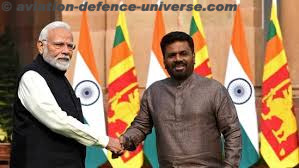 China tries to encircle India by winning over its neighbours hence India has to be careful if China expands itself in Indian Ocean region (IOR). China had an upper hand in Sri Lanka because of its massive investments but the general public realised that excessive, unproductive and unfavourable terms of loan by China was the main reason of economic collapse of the country. India at that hour of need helped the island nation which country still remembers. Dissanayake not only paid first visit to India but also appreciated Indian assistance to Sri Lanka during the extraordinary economic crisis in 2022. Dissanayake is prioritising India because of its geographical proximity and India’s crucial assistance during its financial crisis in 2022. Sri Lanka is also concerned about China’s belligerent maritime activities including predatory fishing in Indian Ocean. Dissanayake is also concerned about the occupation of Hambantota port and terms and conditions of Colombo’s port project which are excessively in favour of China. Sri Lanka is also worried about Chinese military presence which is growing and Chinese ships fitted with radars and sonography paraphernalia are regularly visiting Sri Lankan ports. Sri Lanka is strategically located and vital maritime routes makes it important for China as it wants to augment its geopolitical influence.
China tries to encircle India by winning over its neighbours hence India has to be careful if China expands itself in Indian Ocean region (IOR). China had an upper hand in Sri Lanka because of its massive investments but the general public realised that excessive, unproductive and unfavourable terms of loan by China was the main reason of economic collapse of the country. India at that hour of need helped the island nation which country still remembers. Dissanayake not only paid first visit to India but also appreciated Indian assistance to Sri Lanka during the extraordinary economic crisis in 2022. Dissanayake is prioritising India because of its geographical proximity and India’s crucial assistance during its financial crisis in 2022. Sri Lanka is also concerned about China’s belligerent maritime activities including predatory fishing in Indian Ocean. Dissanayake is also concerned about the occupation of Hambantota port and terms and conditions of Colombo’s port project which are excessively in favour of China. Sri Lanka is also worried about Chinese military presence which is growing and Chinese ships fitted with radars and sonography paraphernalia are regularly visiting Sri Lankan ports. Sri Lanka is strategically located and vital maritime routes makes it important for China as it wants to augment its geopolitical influence.
At present Sri Lankan President is balancing between India and China as the island nation needs assistance from both the countries. Nonetheless Sri Lanka is already under Chinese debt hence it cannot work much against the wishes of Beijing. China is Sri Lanka’s biggest bilateral creditor and is an important source of FDI, tourism and imports. Chinese Premier Li Qiang also told the visiting President that China is ready to import high-quality products and also encourages Chinese enterprises to invest in Sri Lanka. Beijing has also assured to assist Colombo in sorting out its problems with IMF and with other creditors. Dissanayake also assured to extend Sri Lankan support about Chinese initiatives about Global Developmental Initiative, the Global Civilization Initiative and the Global Security Initiative.
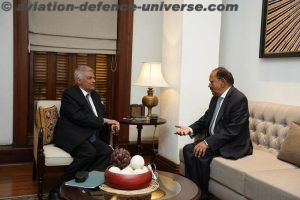
China is also involving itself in community development programmes in Sri Lanka. Recently Chinese Ambassador to Sri Lanka visited Kaluvankerni, a Tamil village and provided dry rations, fishing nets etc. This area is of Indian influence. India is concerned because of rising Chinese influence and its aggressive presence in IOR. India also raised its voice about the docking of Chinese submarines in Colombo port in 2014 and arrival of Chinese research ships Yuan Wang 5 & Shi Yan 6 in 2022. On Indian objection Sri Lanka put a ban on arrival of foreign research vessels for one year. China with deep pockets and second biggest economy of the world can buy more Sri Lankan goods and can also extend more aid and loan but generally Chinese debt comes with stringent conditions which are excessively in favour of China.
Sri Lanka, which is strategically located, is sandwiched between two big nations. China which wants to become super power is increasing its influence aggressively in IOR. India which is a regional power considers IOR as its region of influence. China alleges that there is no Chinese debt trap and it is malicious propaganda by India and western powers against China.
It is a fact of life that China took Hambantota Port from Sri Lanka and mainly responsible for Sri Lankan economic debacle. Countries like Pakistan & Maldives are also facing economic problems. The list of countries which are suffering because of Chinese debt trap is long hence Sri Lanka should be careful so that it does not lose more territory to China. India is a trustworthy friend and helped the island nation when the help was needed most.
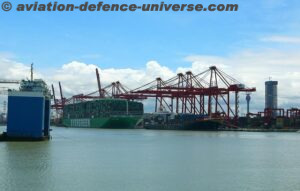 Sri Lanka remains a focal point in the growing geopolitical rivalry between India and China, with its strategic location in the IOR amplifying its importance. While President Dissanayake seeks to balance the support of both nations to revive the economy and fulfil domestic promises, China’s aggressive investments and debt-driven diplomacy remain a double-edged sword. India, on the other hand, continues to offer assistance rooted in goodwill, strengthening its strategic partnership with the island nation. As Colombo navigates these complex dynamics, the choices it makes today will determine its economic recovery, sovereignty, and geopolitical alliances in the years to come.
Sri Lanka remains a focal point in the growing geopolitical rivalry between India and China, with its strategic location in the IOR amplifying its importance. While President Dissanayake seeks to balance the support of both nations to revive the economy and fulfil domestic promises, China’s aggressive investments and debt-driven diplomacy remain a double-edged sword. India, on the other hand, continues to offer assistance rooted in goodwill, strengthening its strategic partnership with the island nation. As Colombo navigates these complex dynamics, the choices it makes today will determine its economic recovery, sovereignty, and geopolitical alliances in the years to come.
(Jai Kumar Verma is a Delhi-based strategic analyst and member of United Services Institute of India and The Manohar Parrikar Institute for Defence Studies and Analyses,. The views in the article are solely the author’s. He can be contacted at editor.adu@gmail.com)


